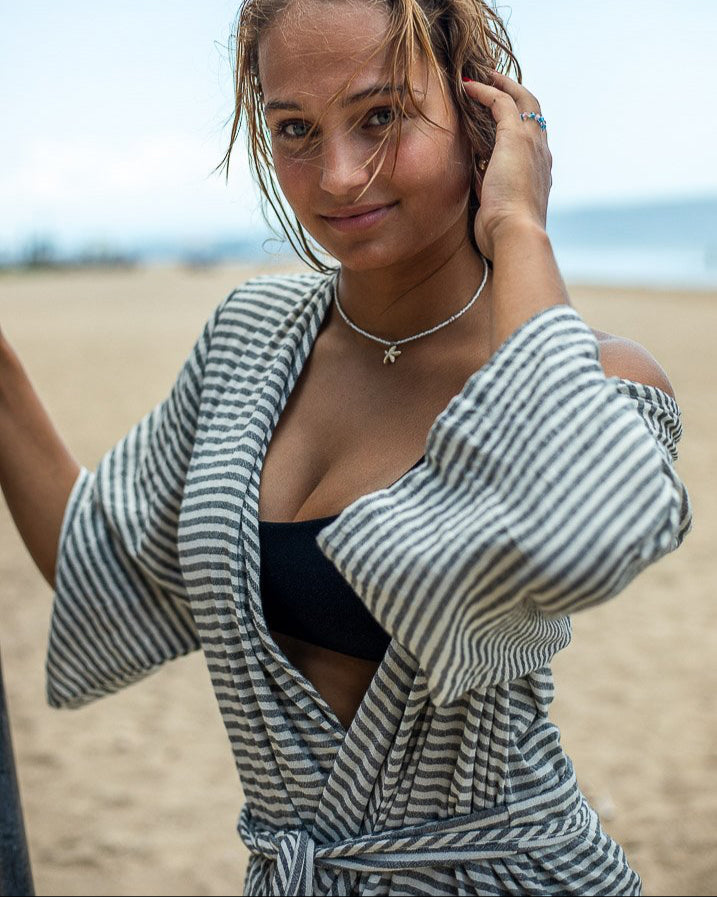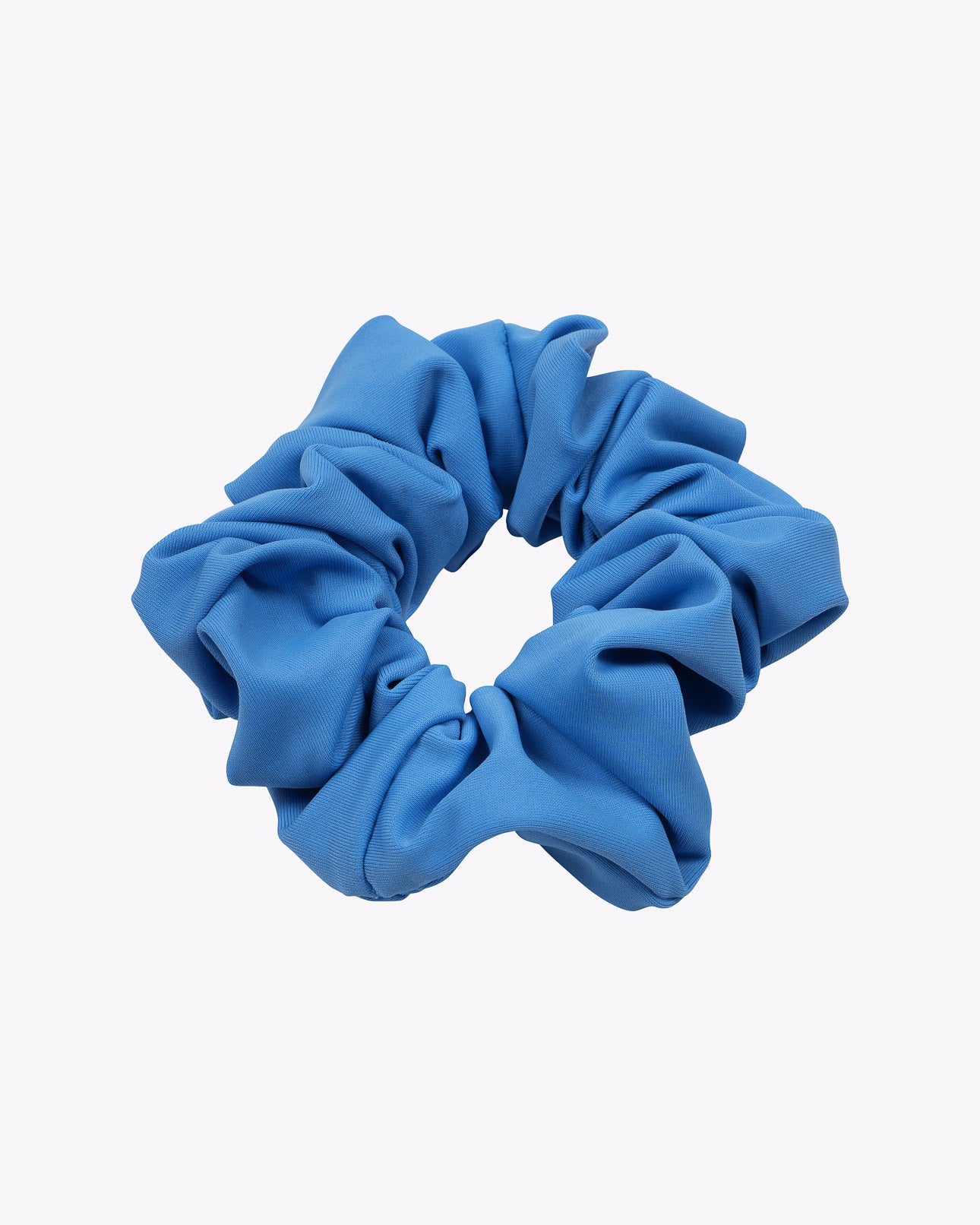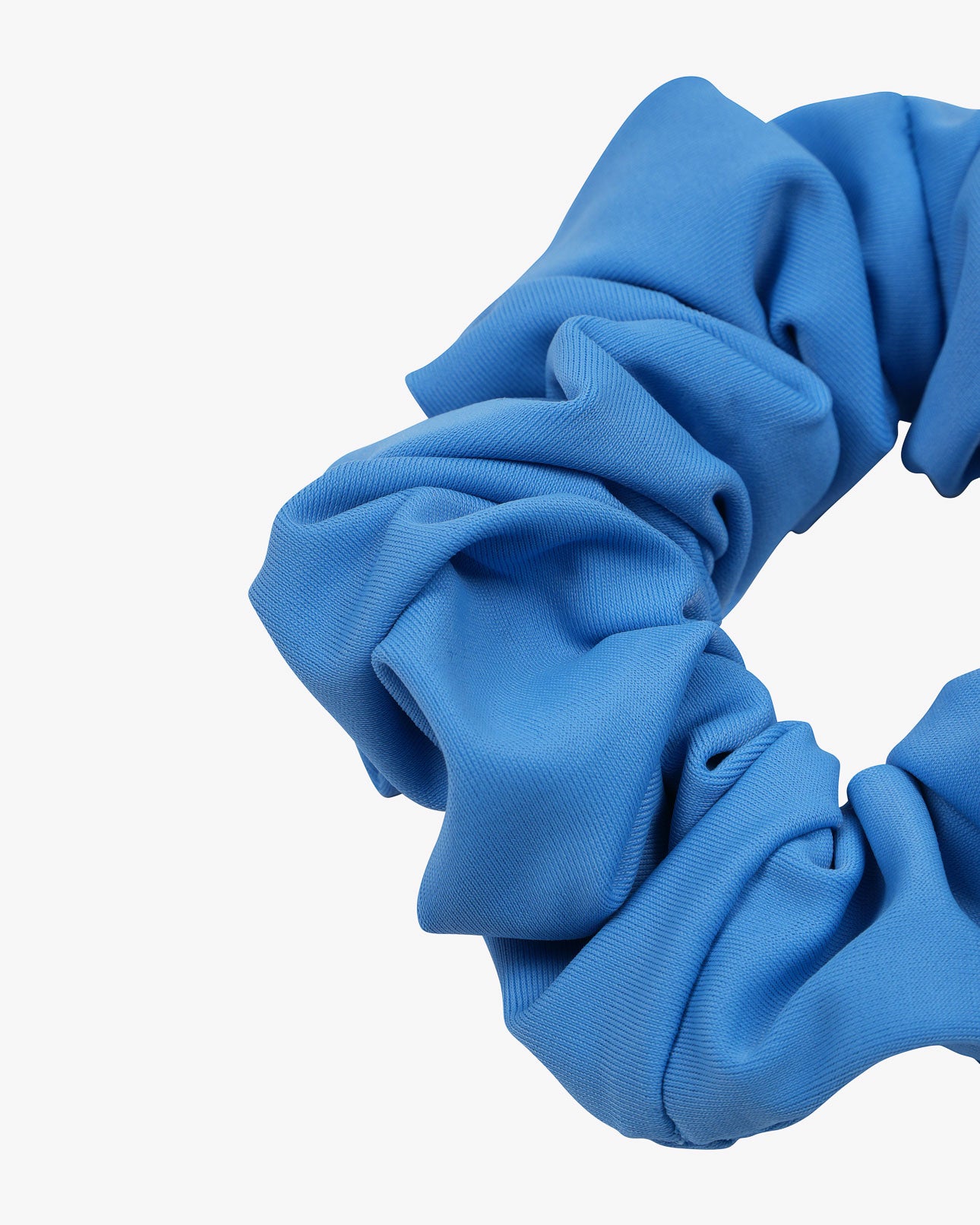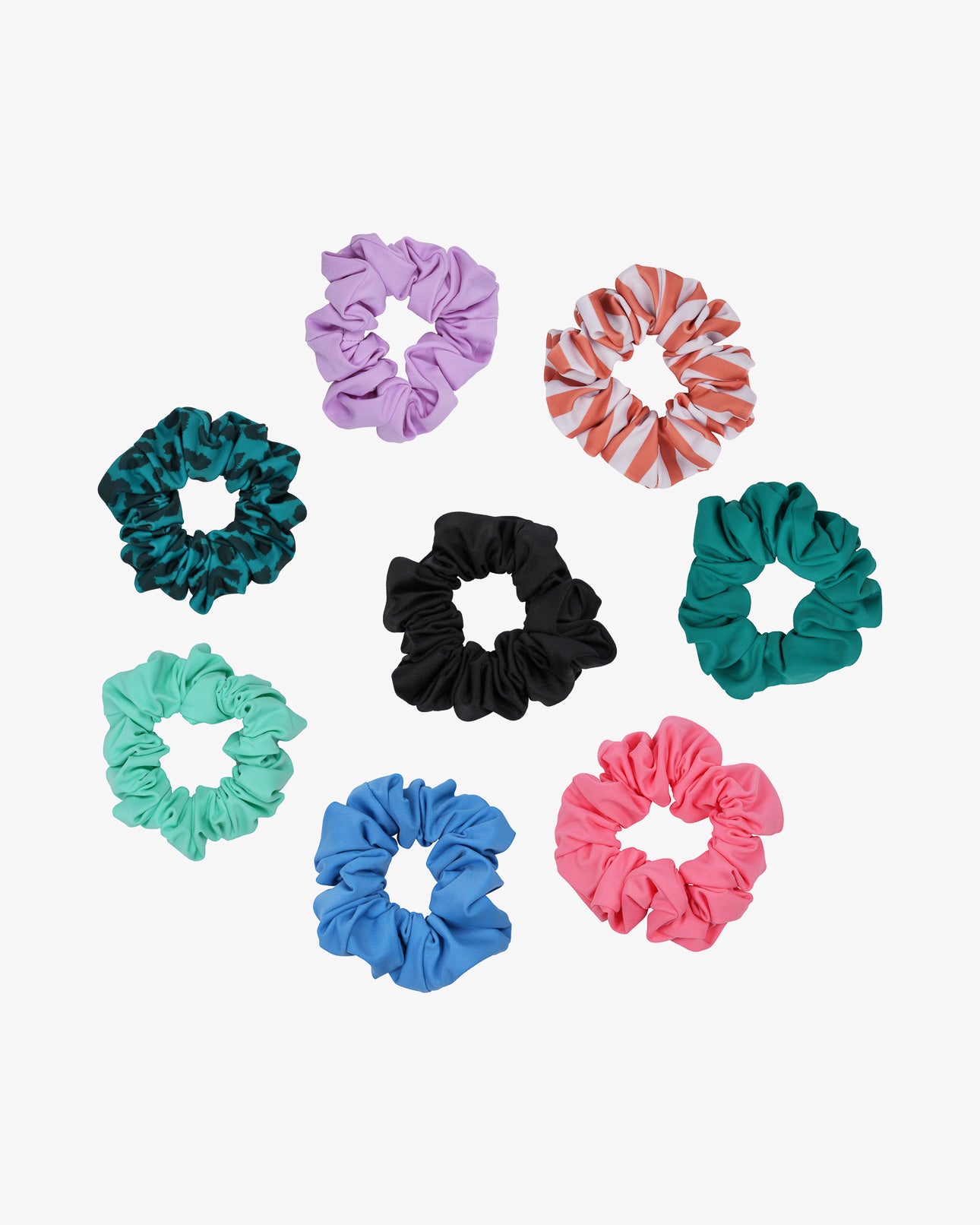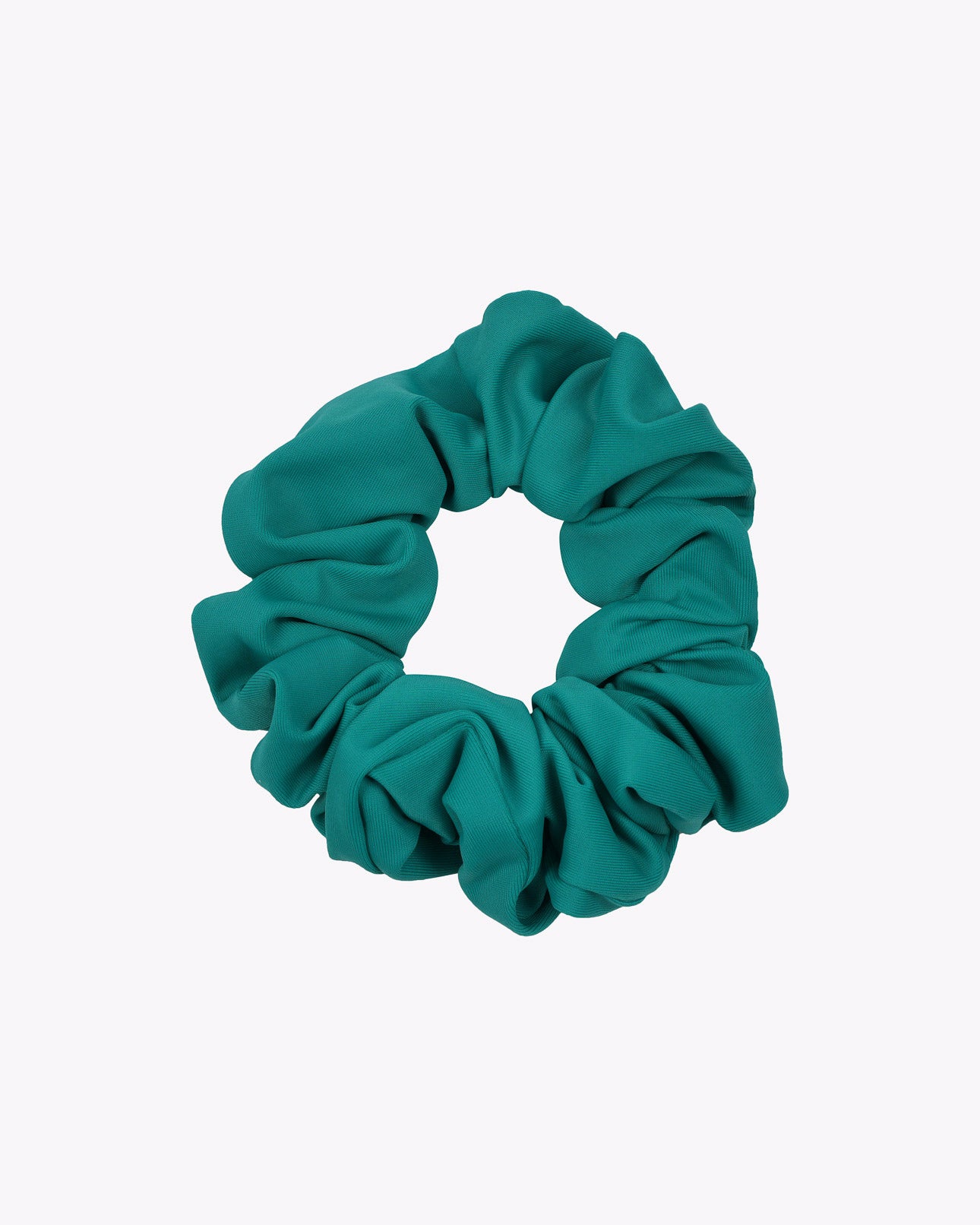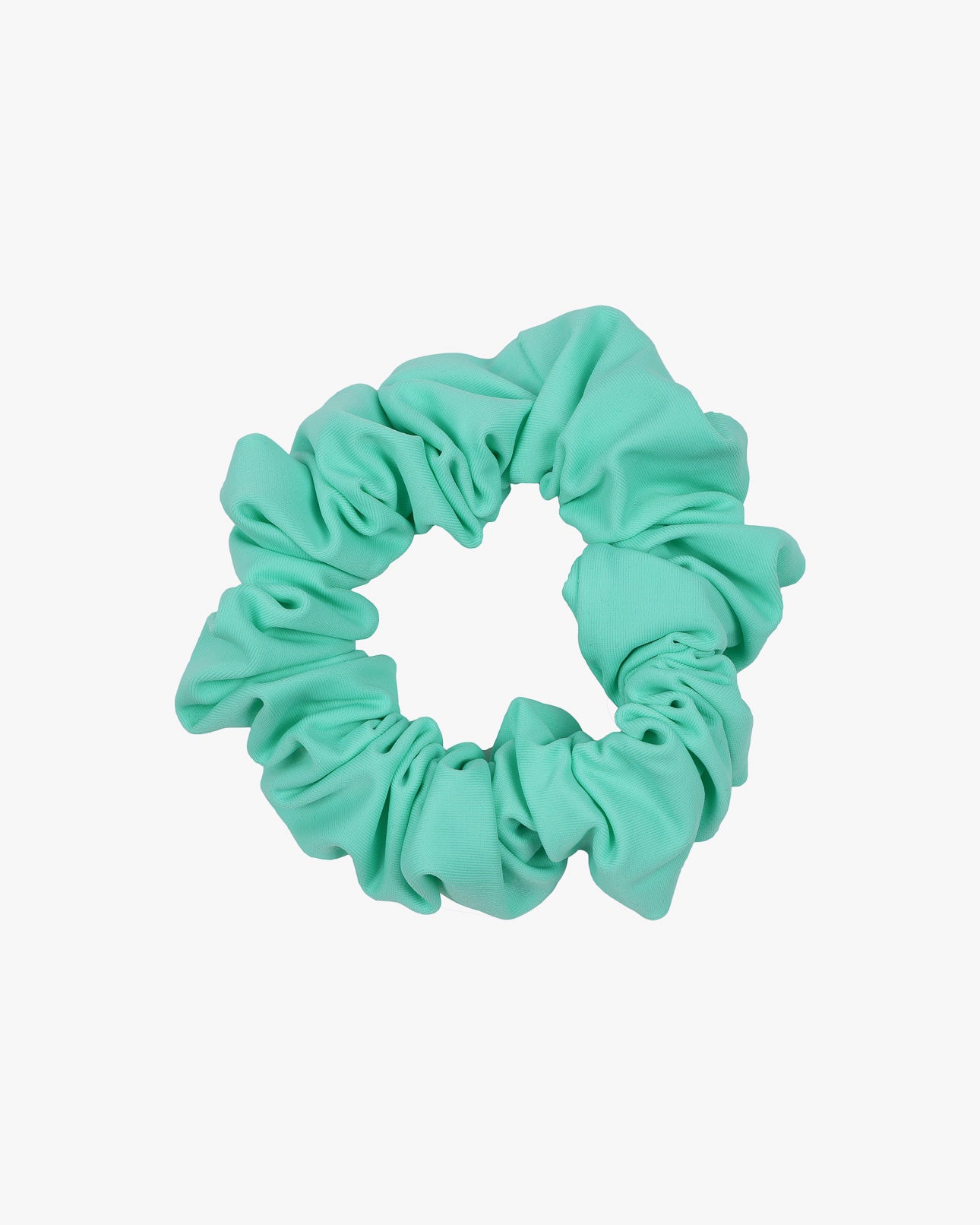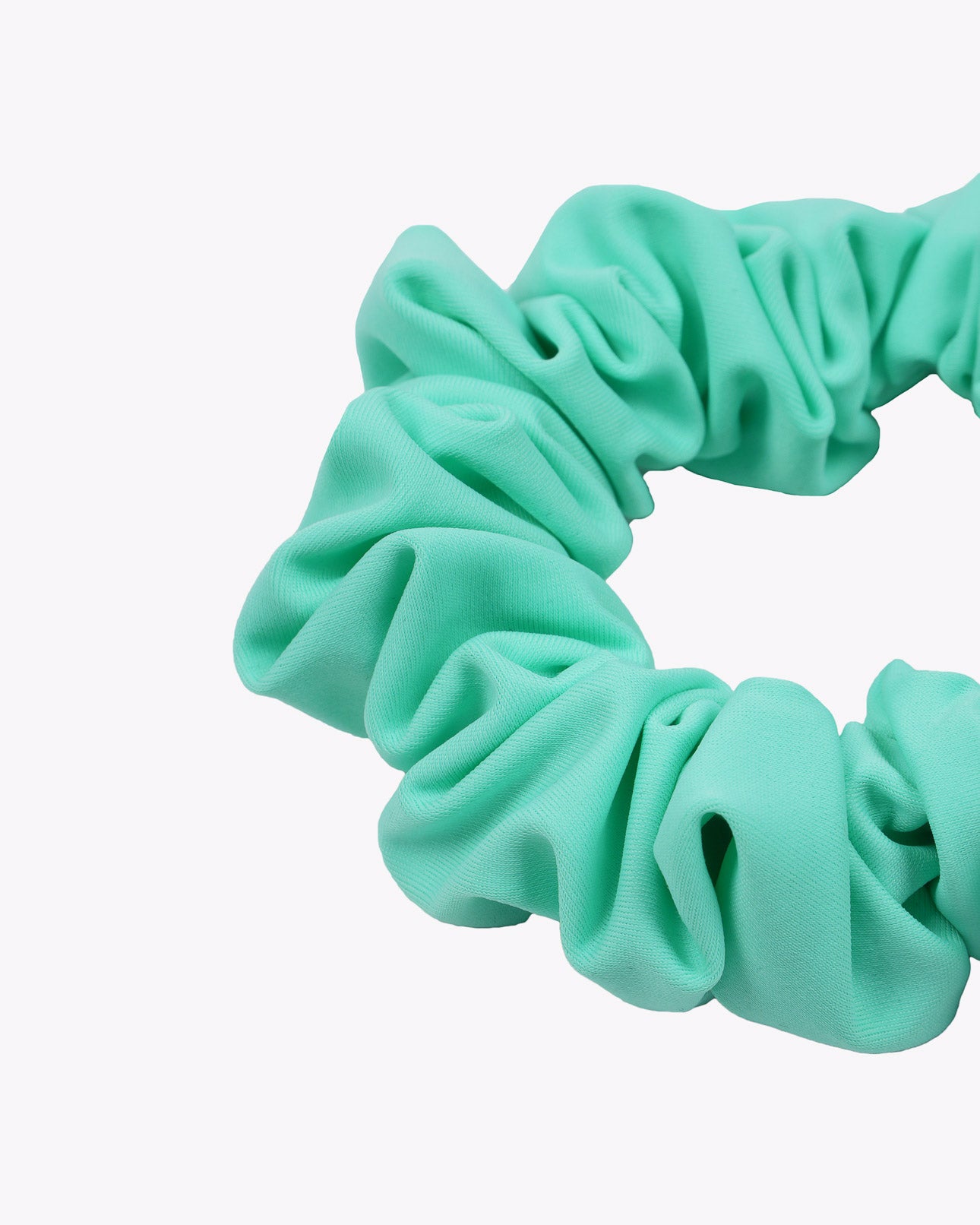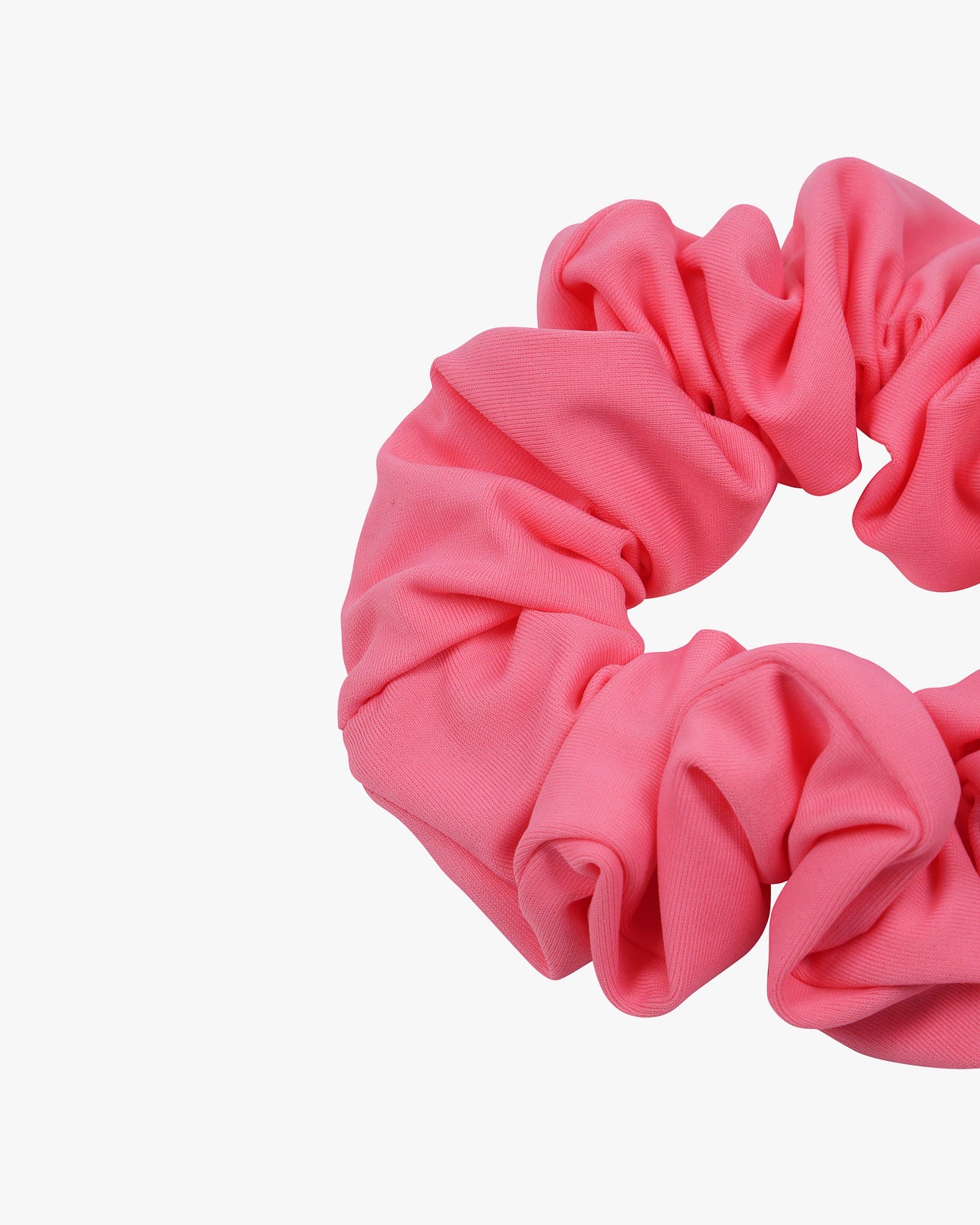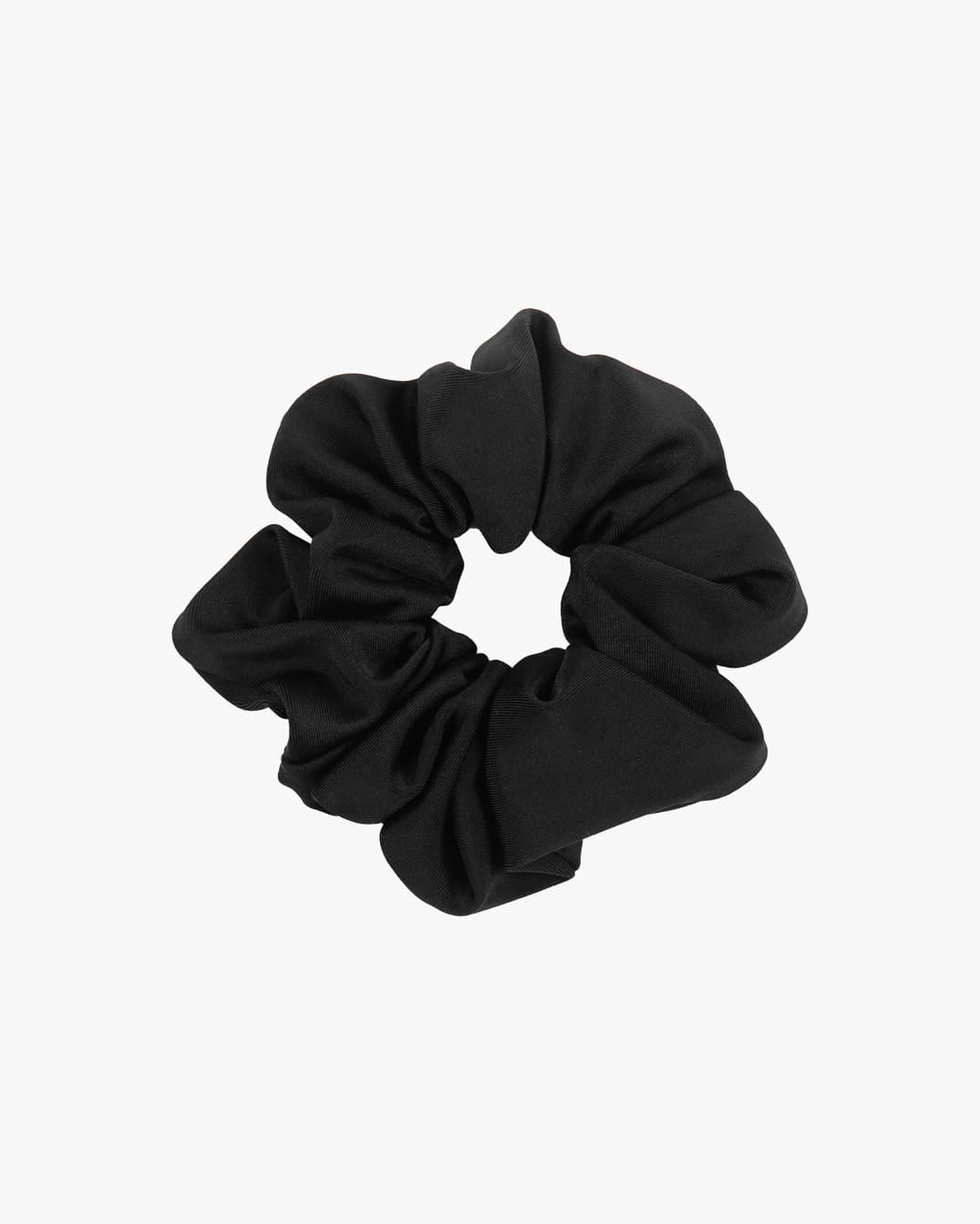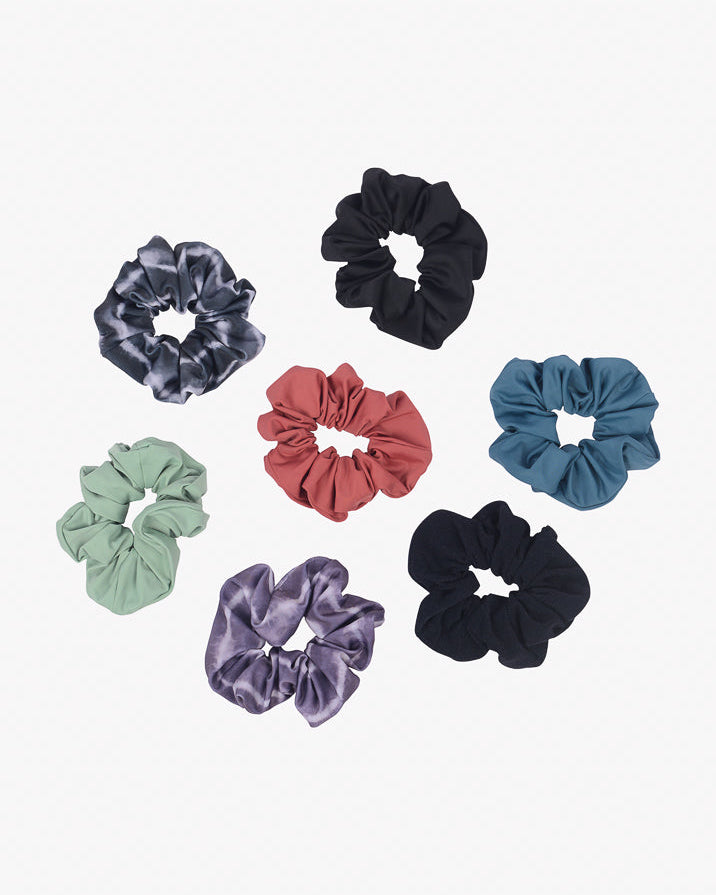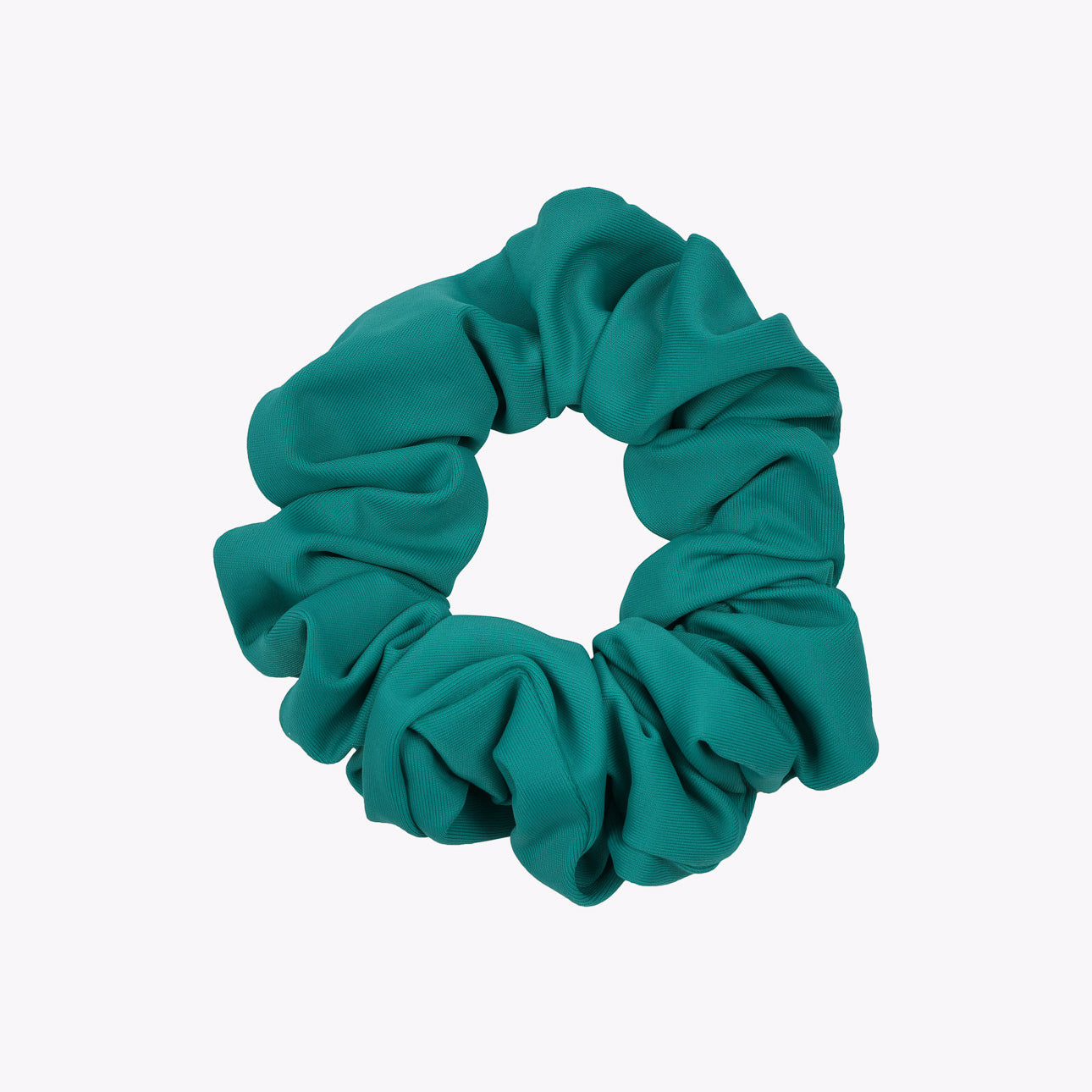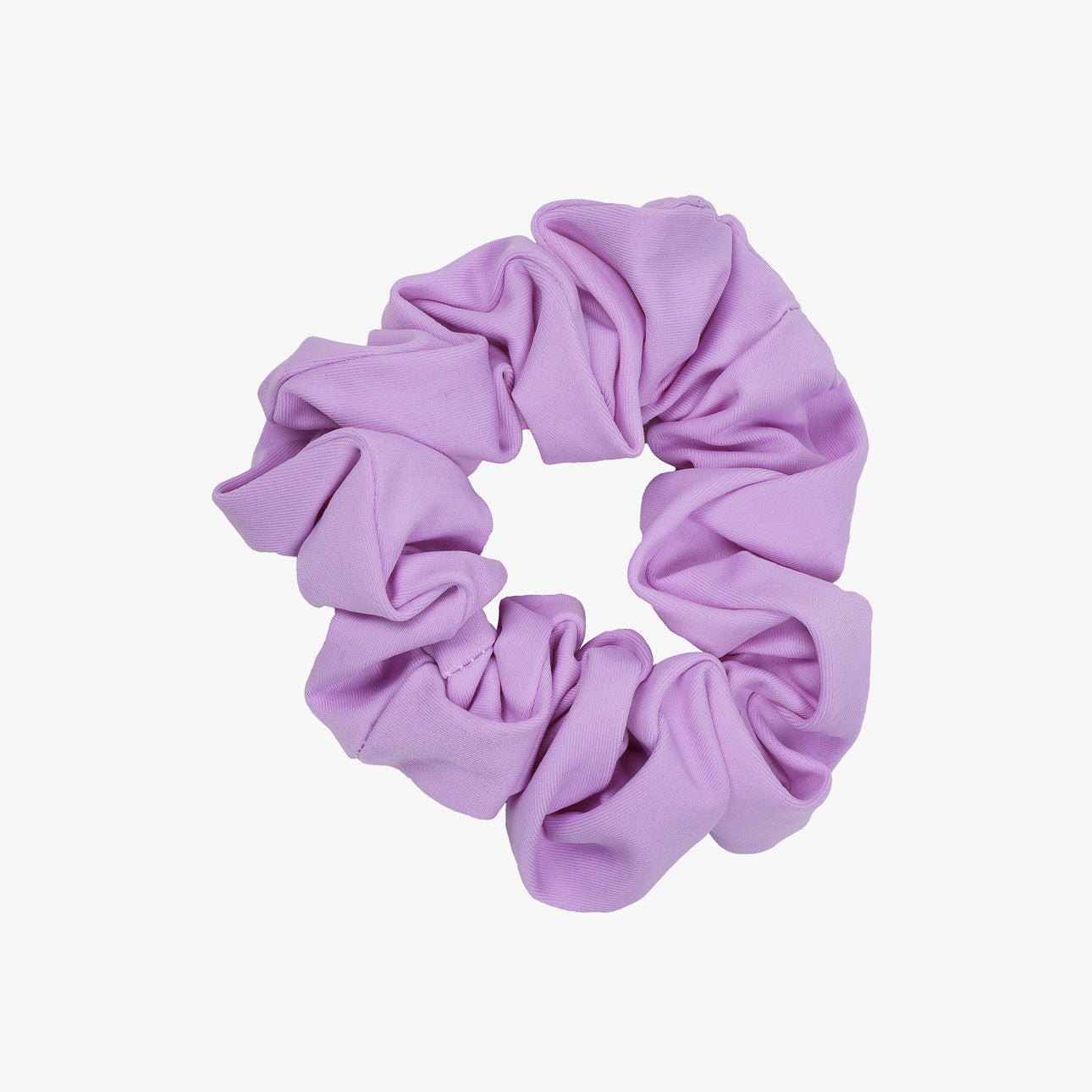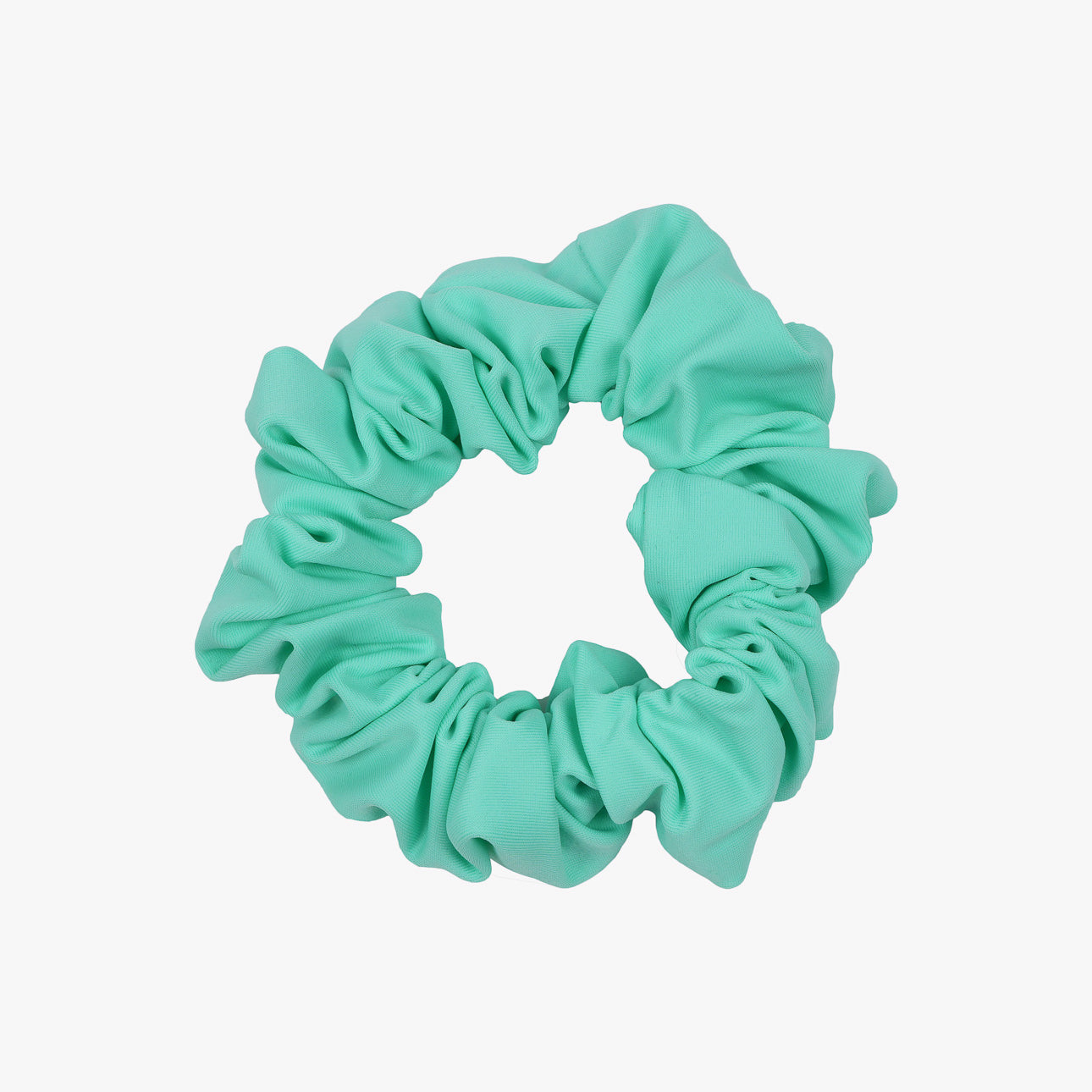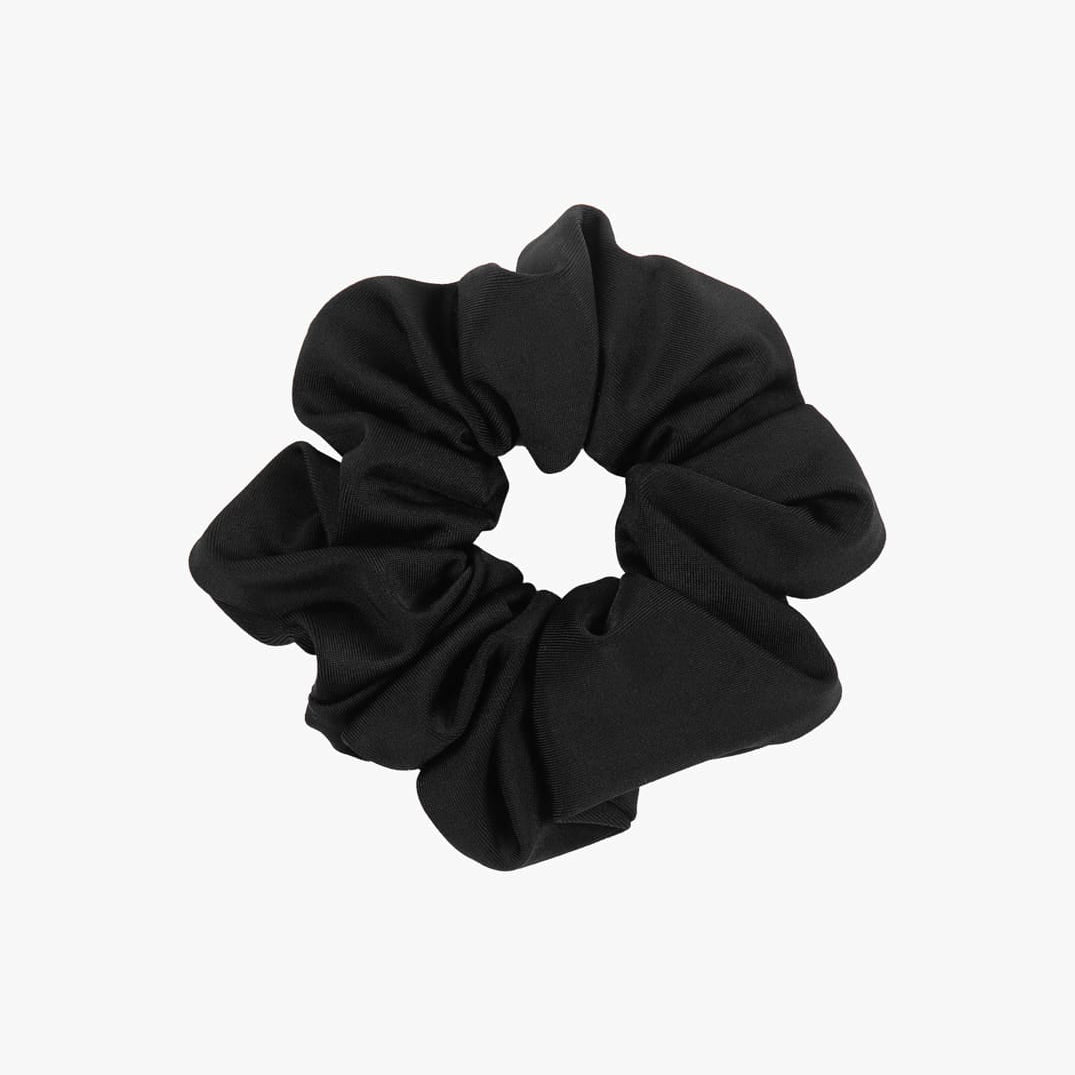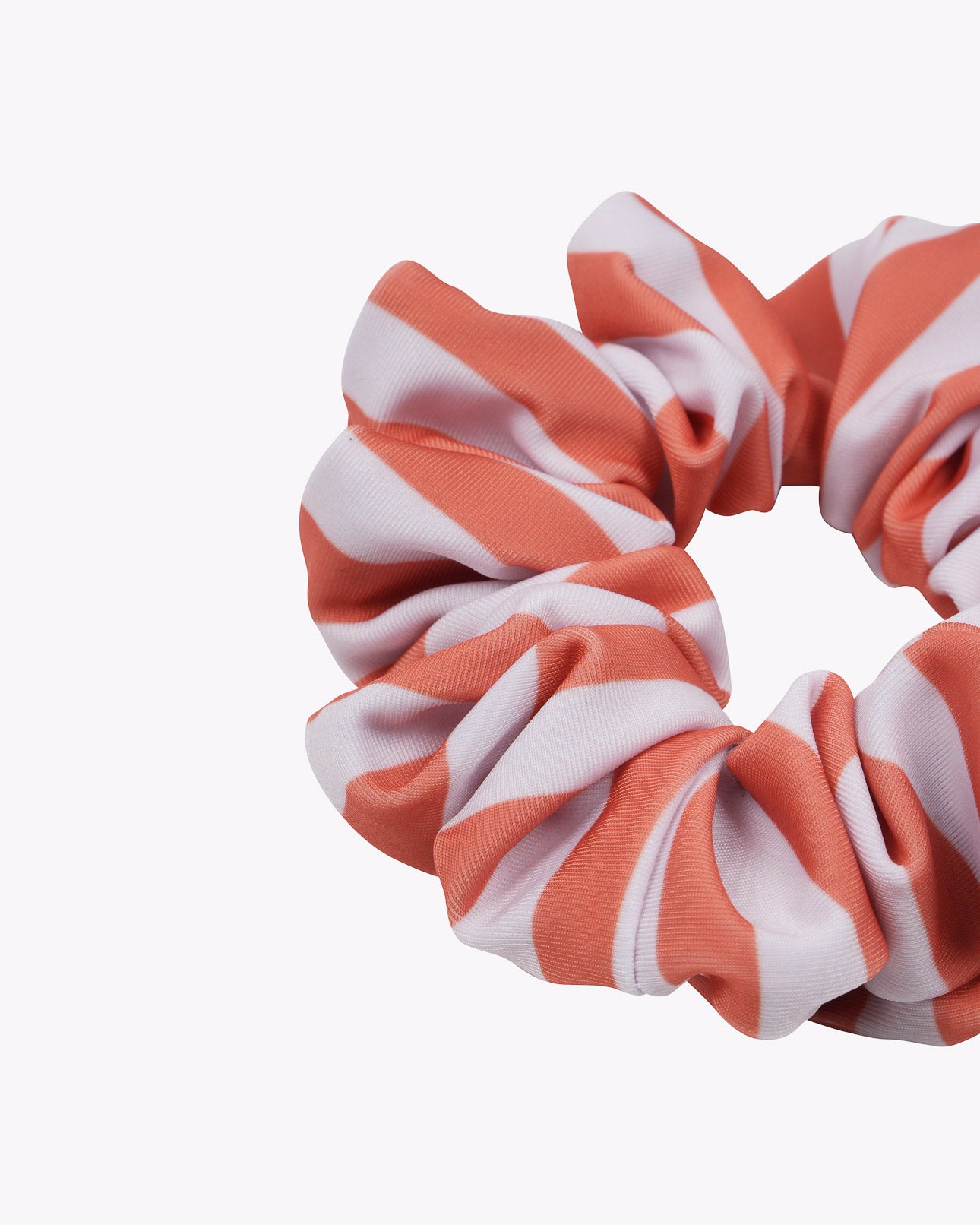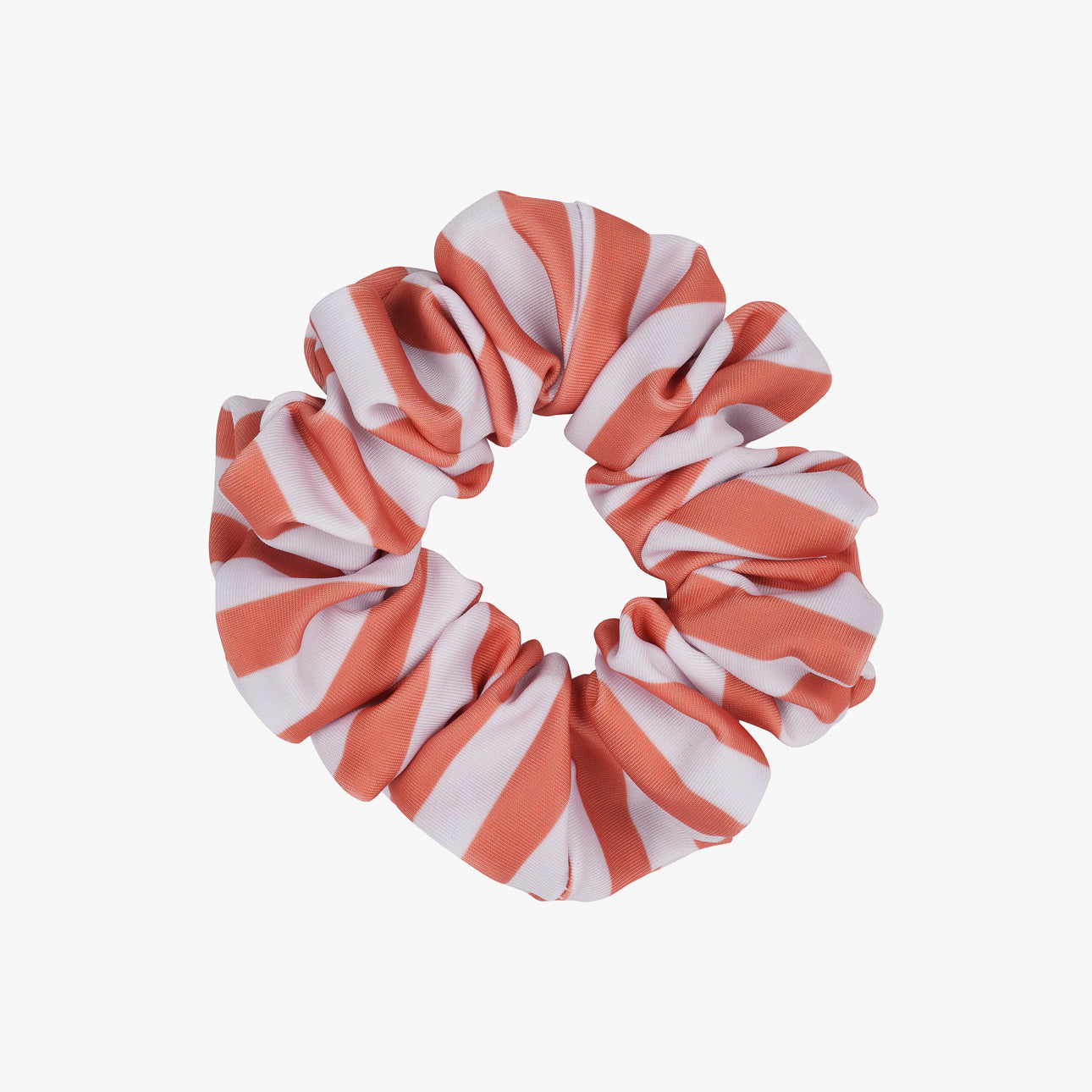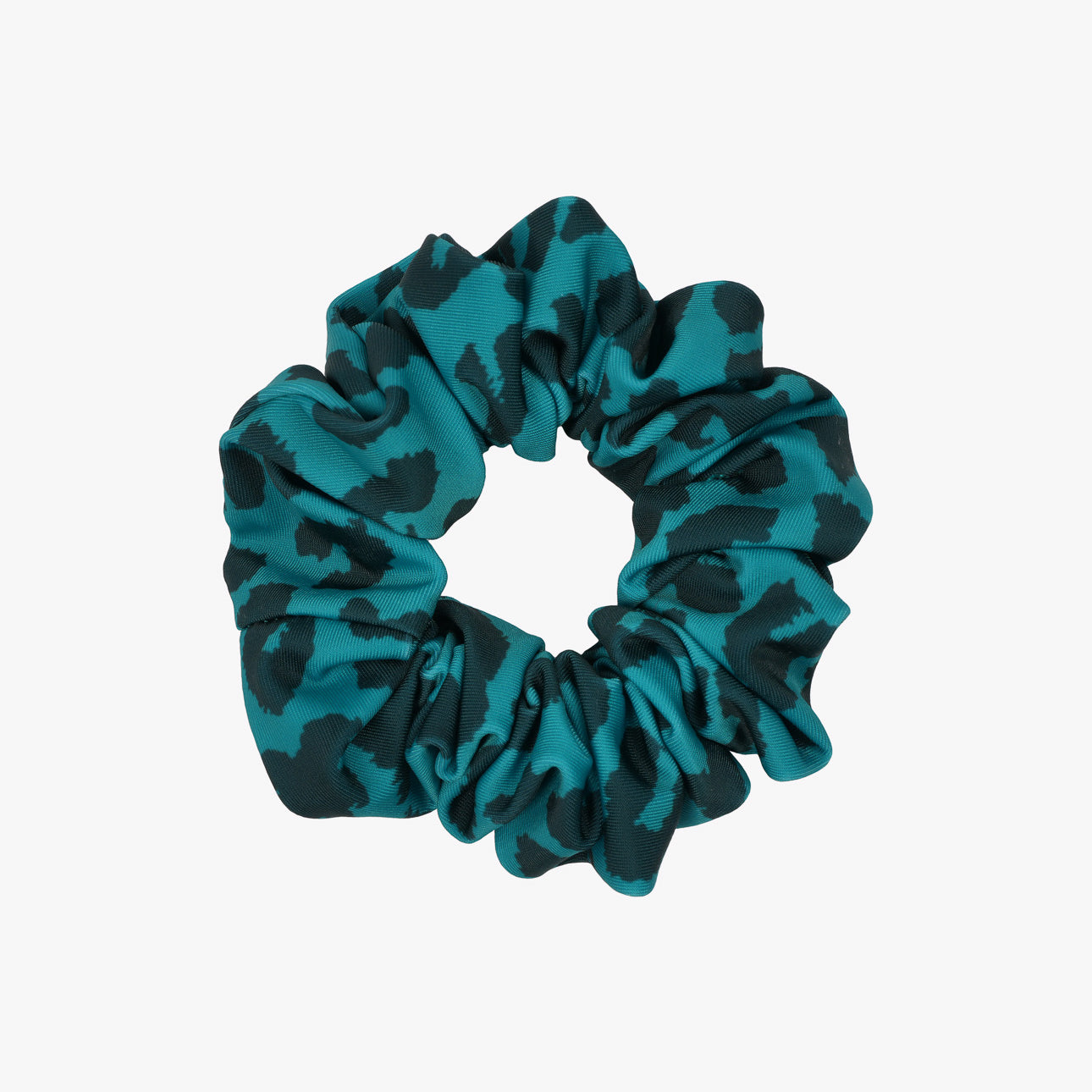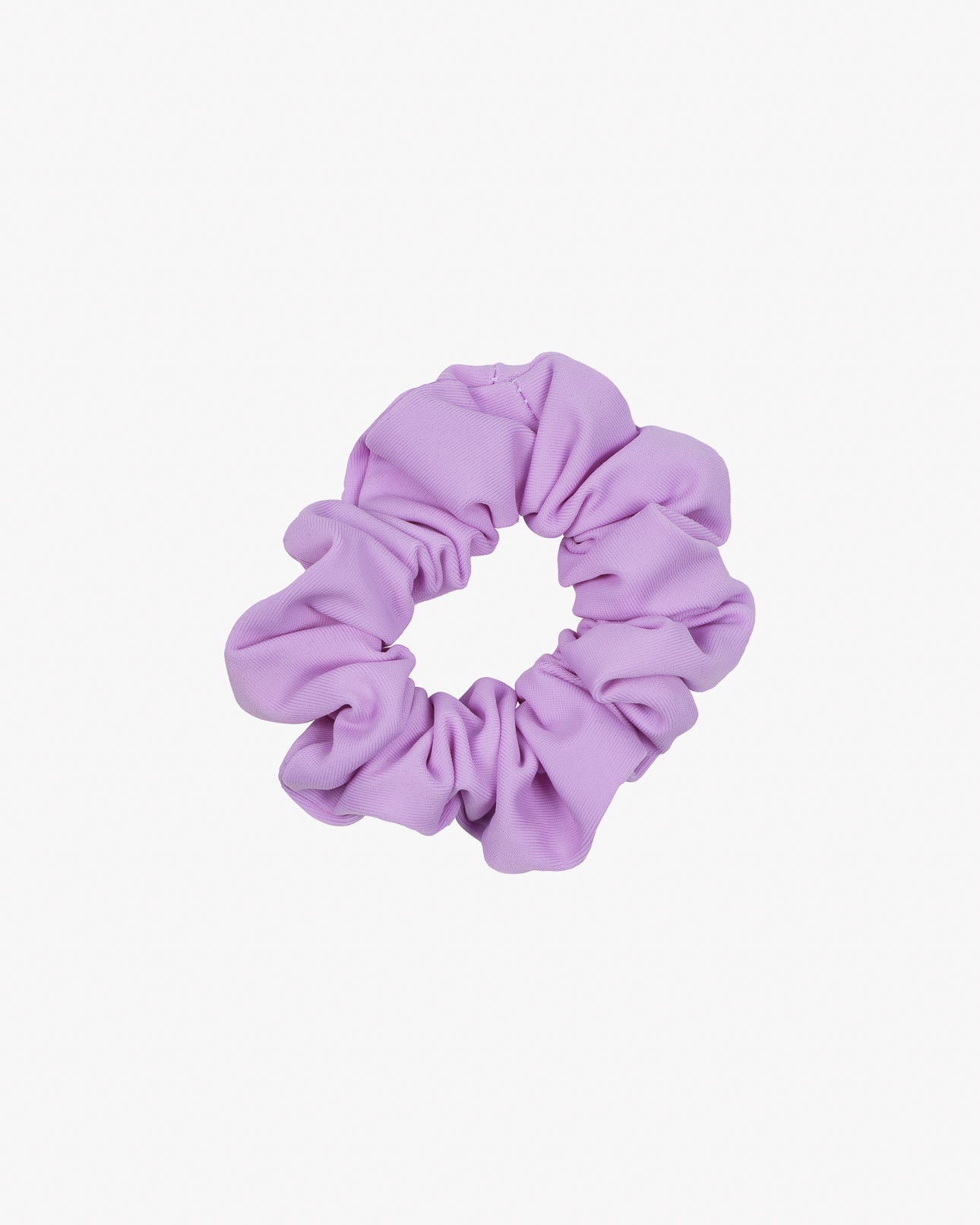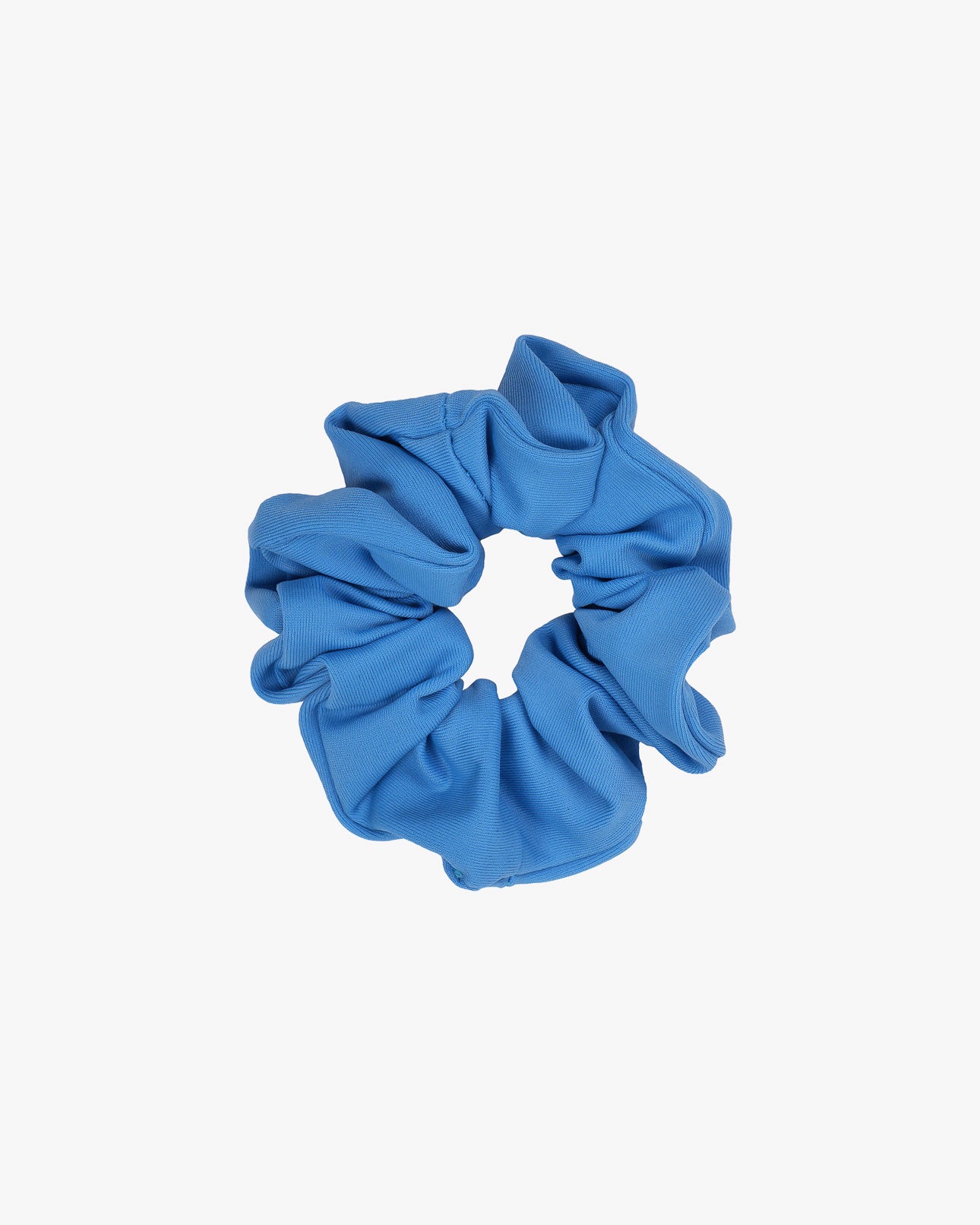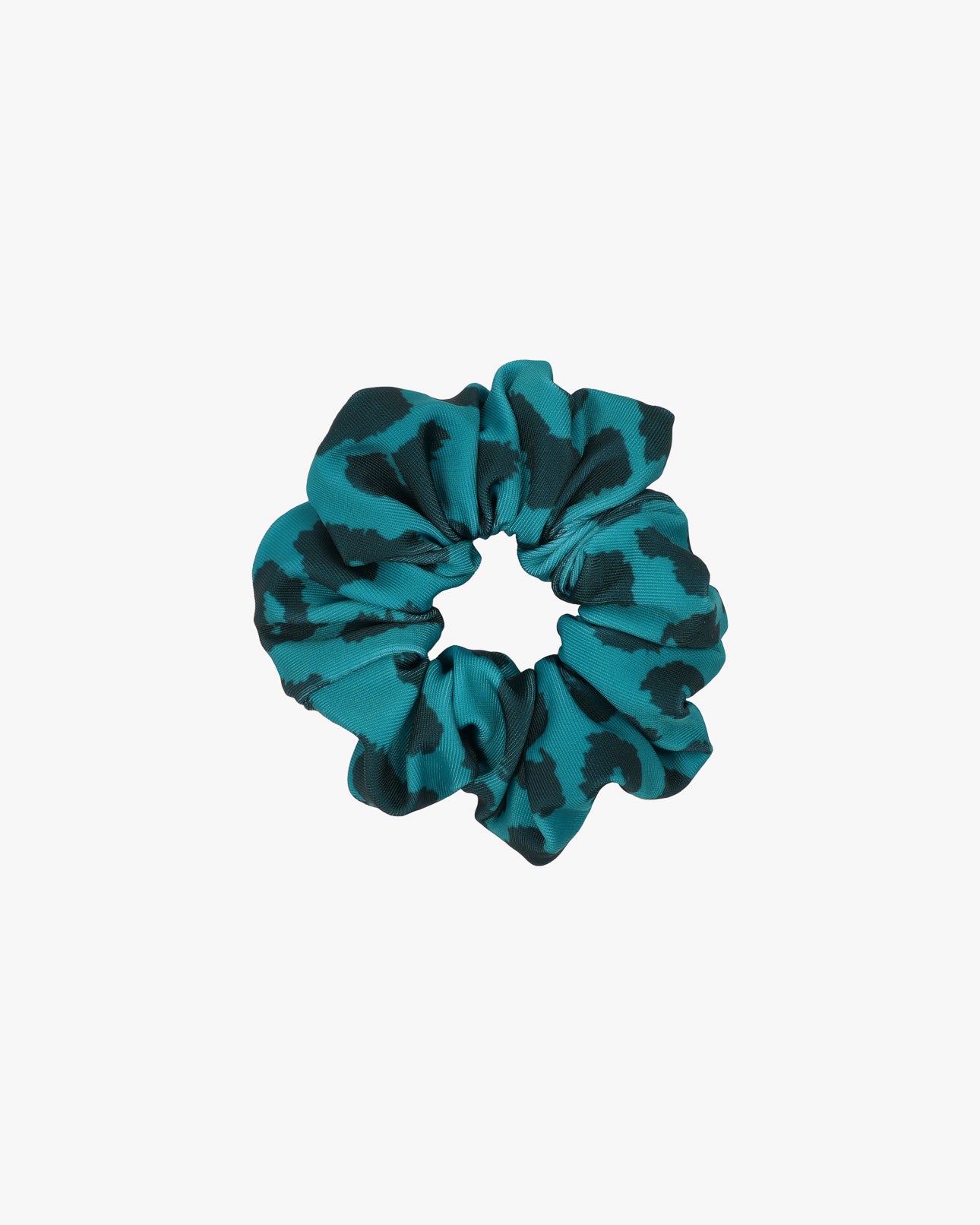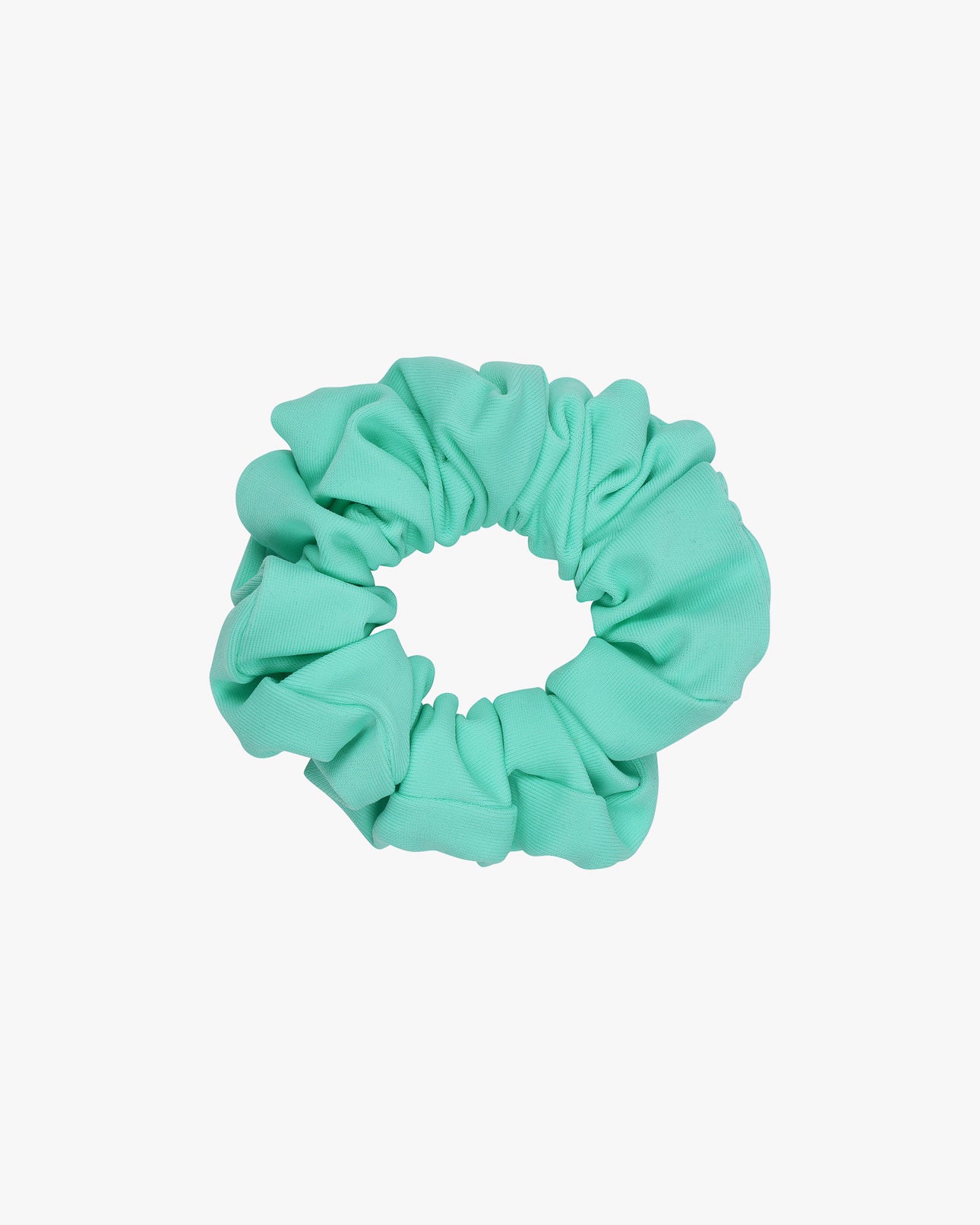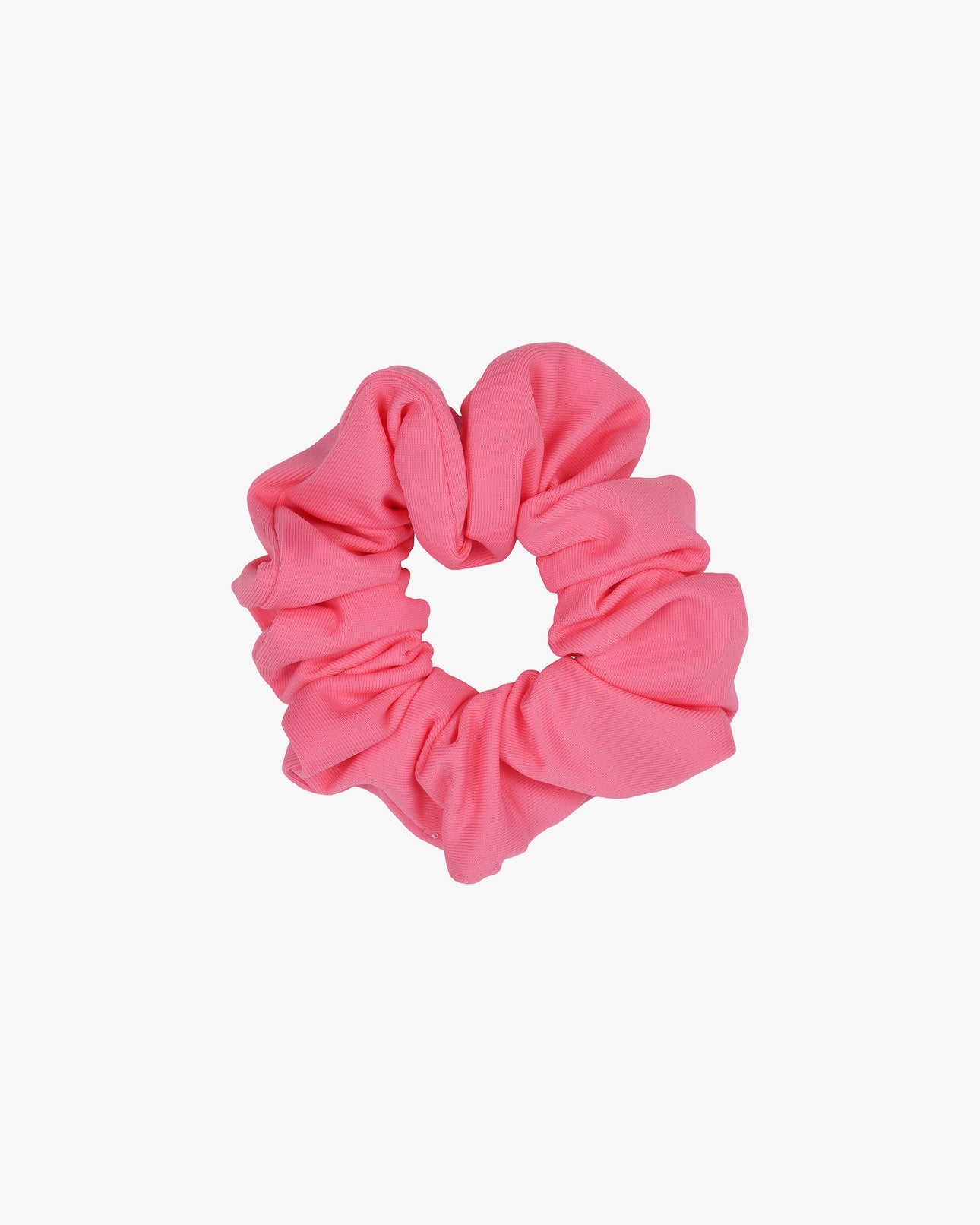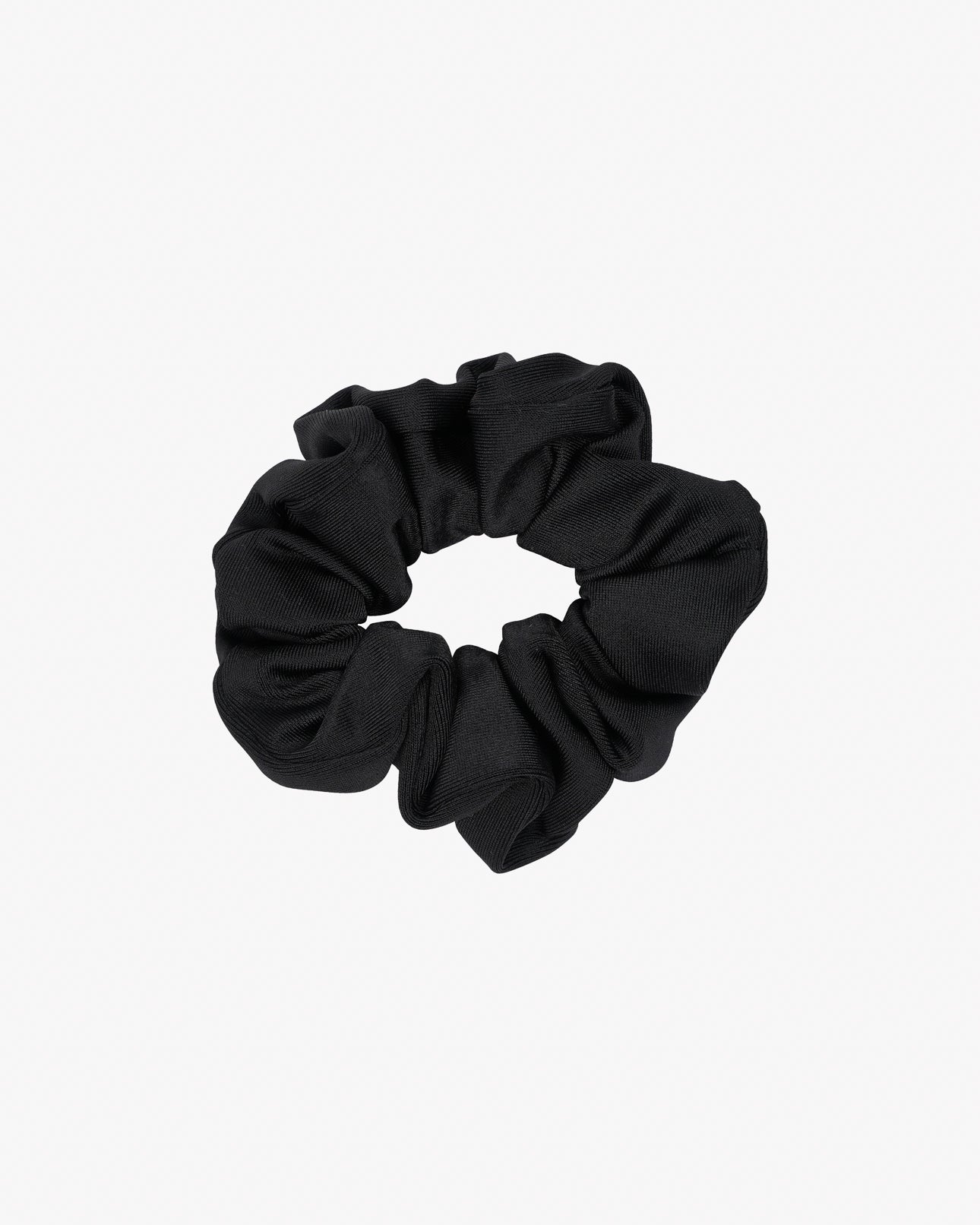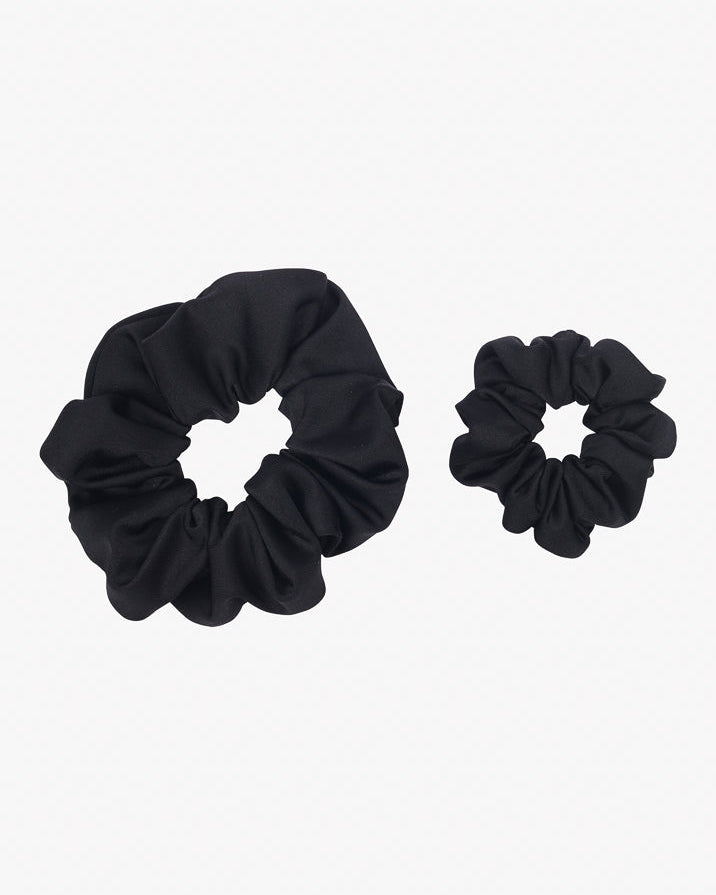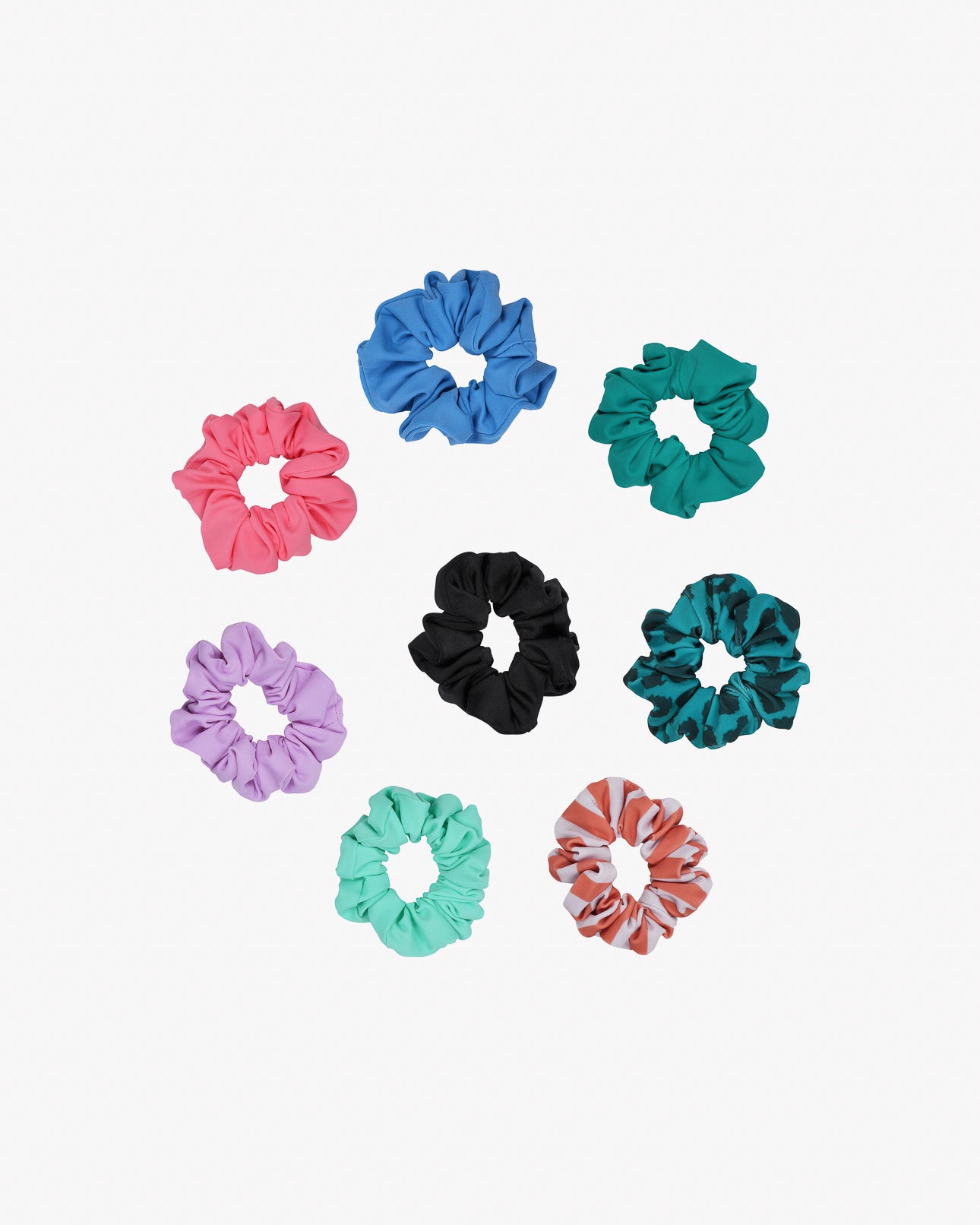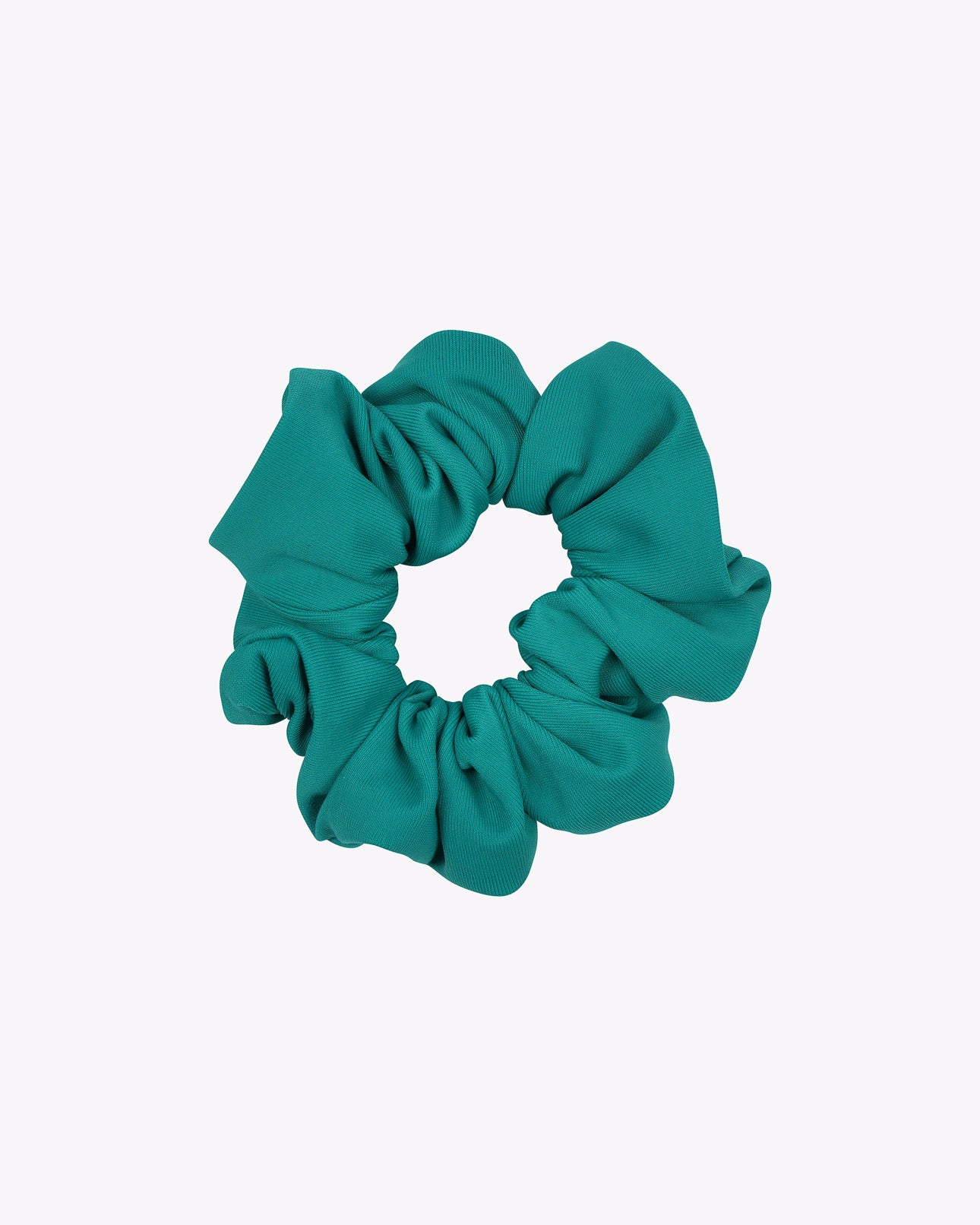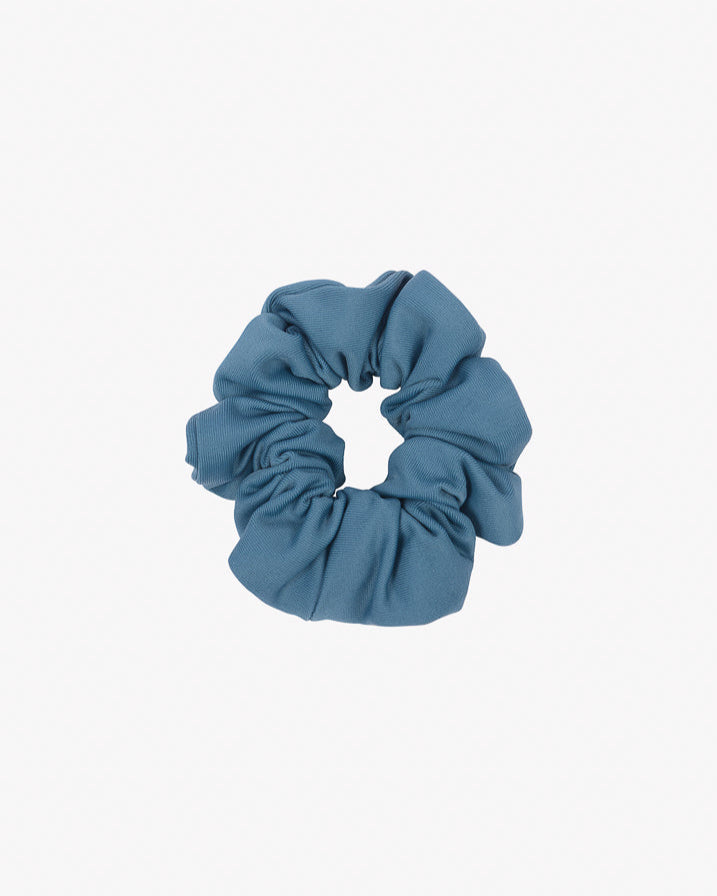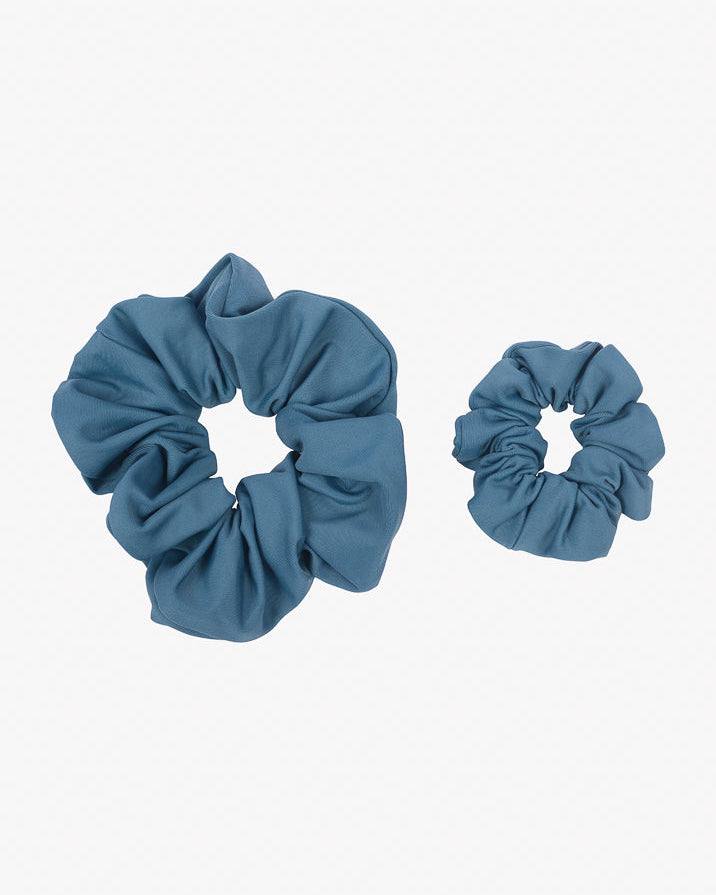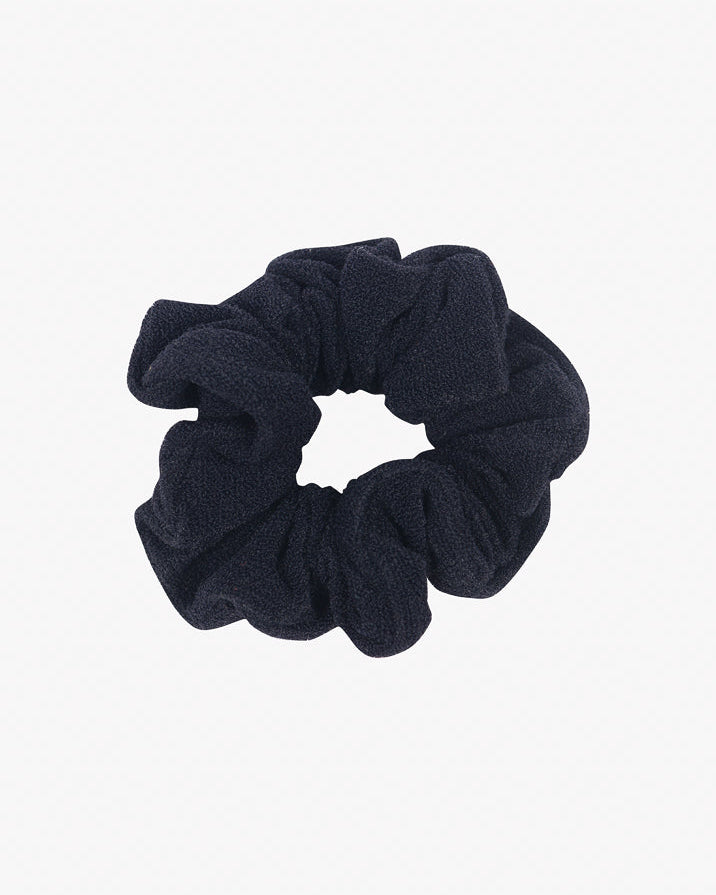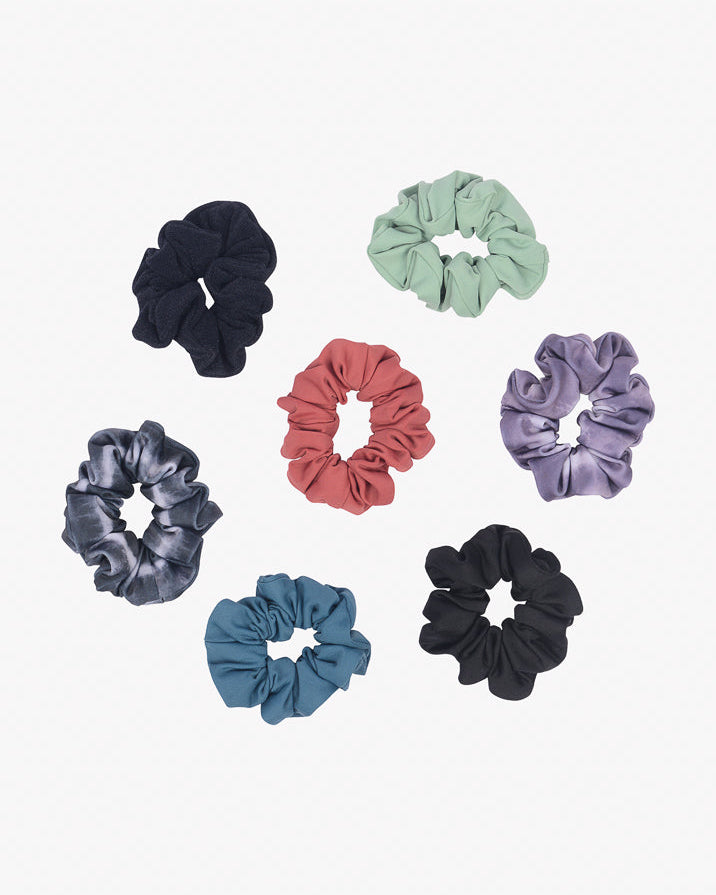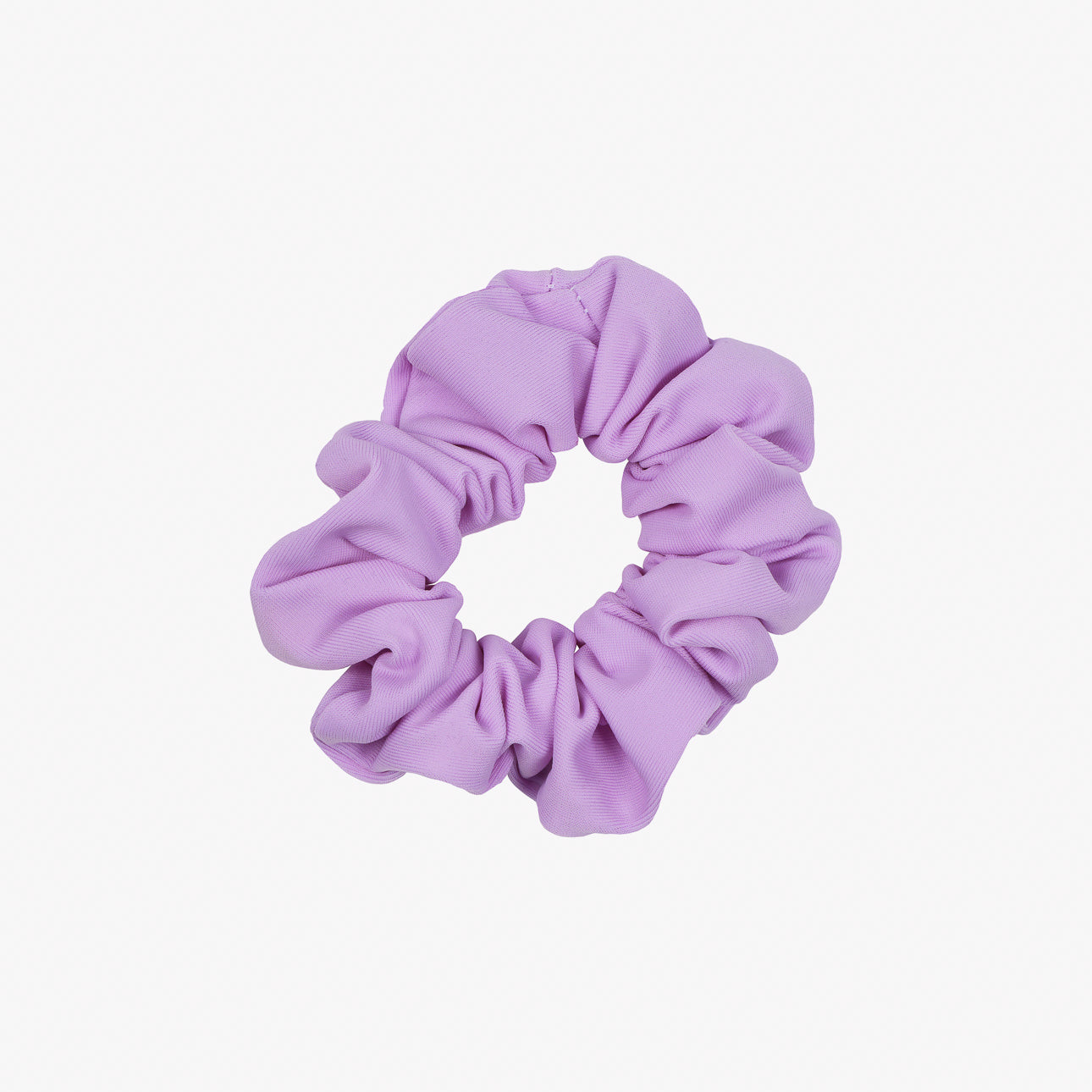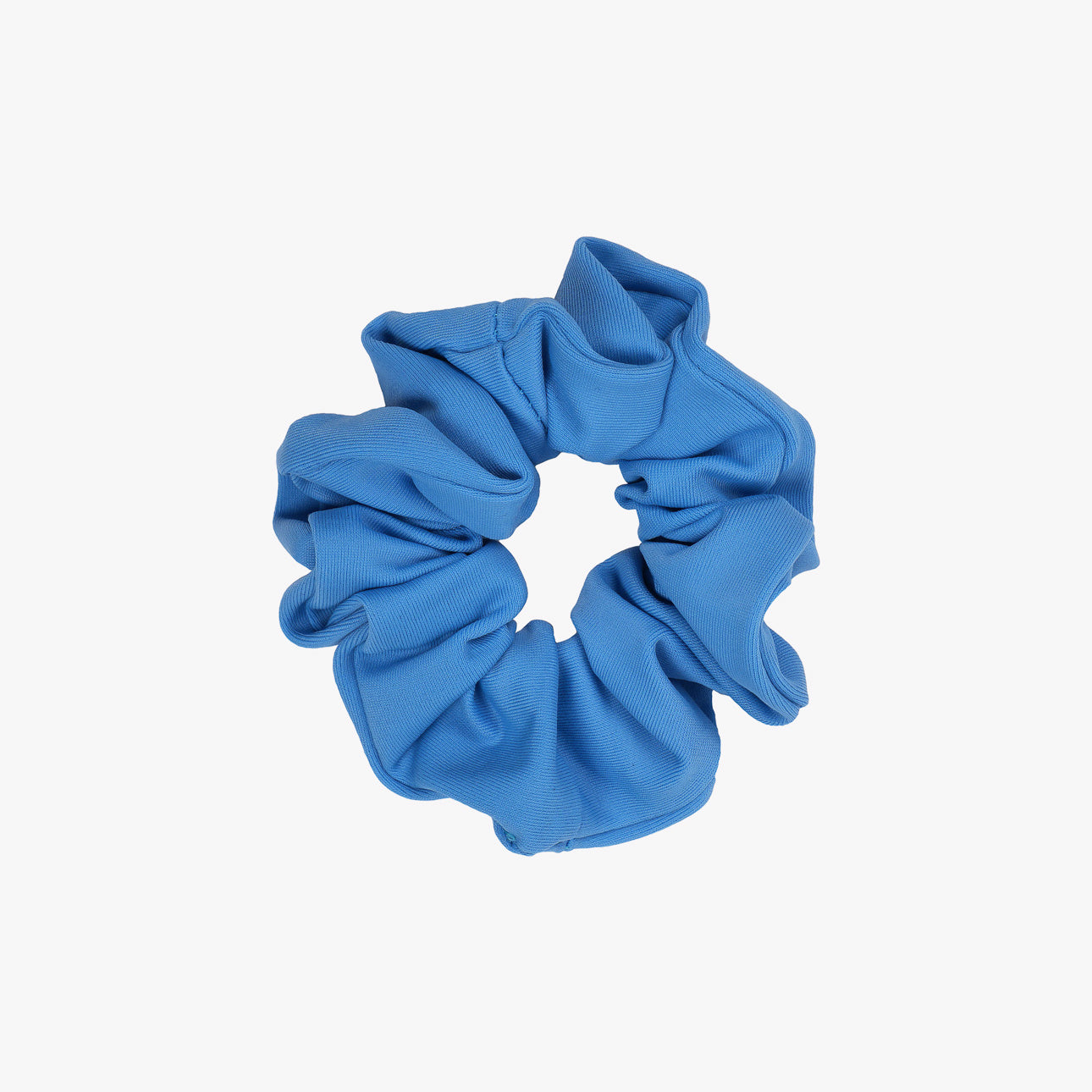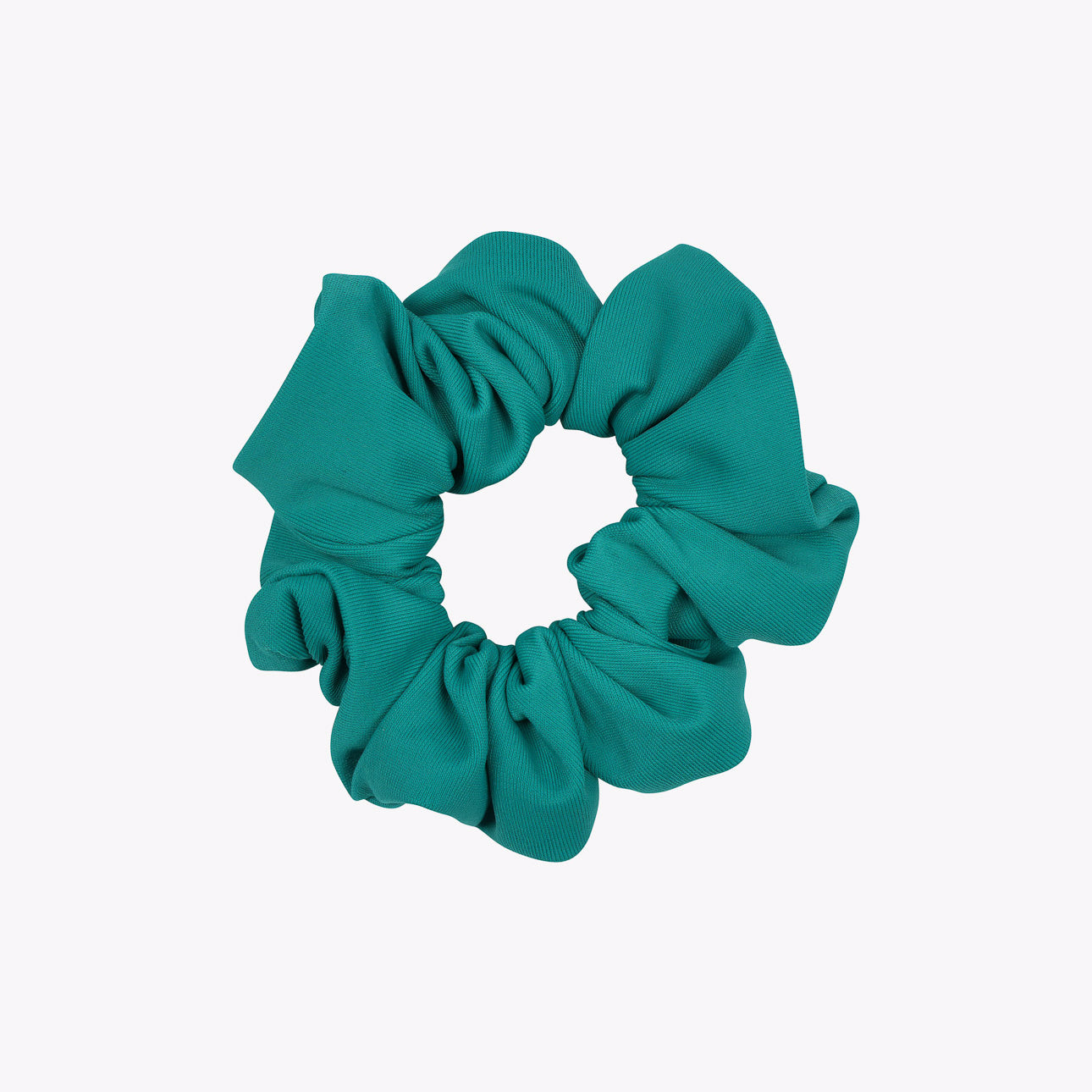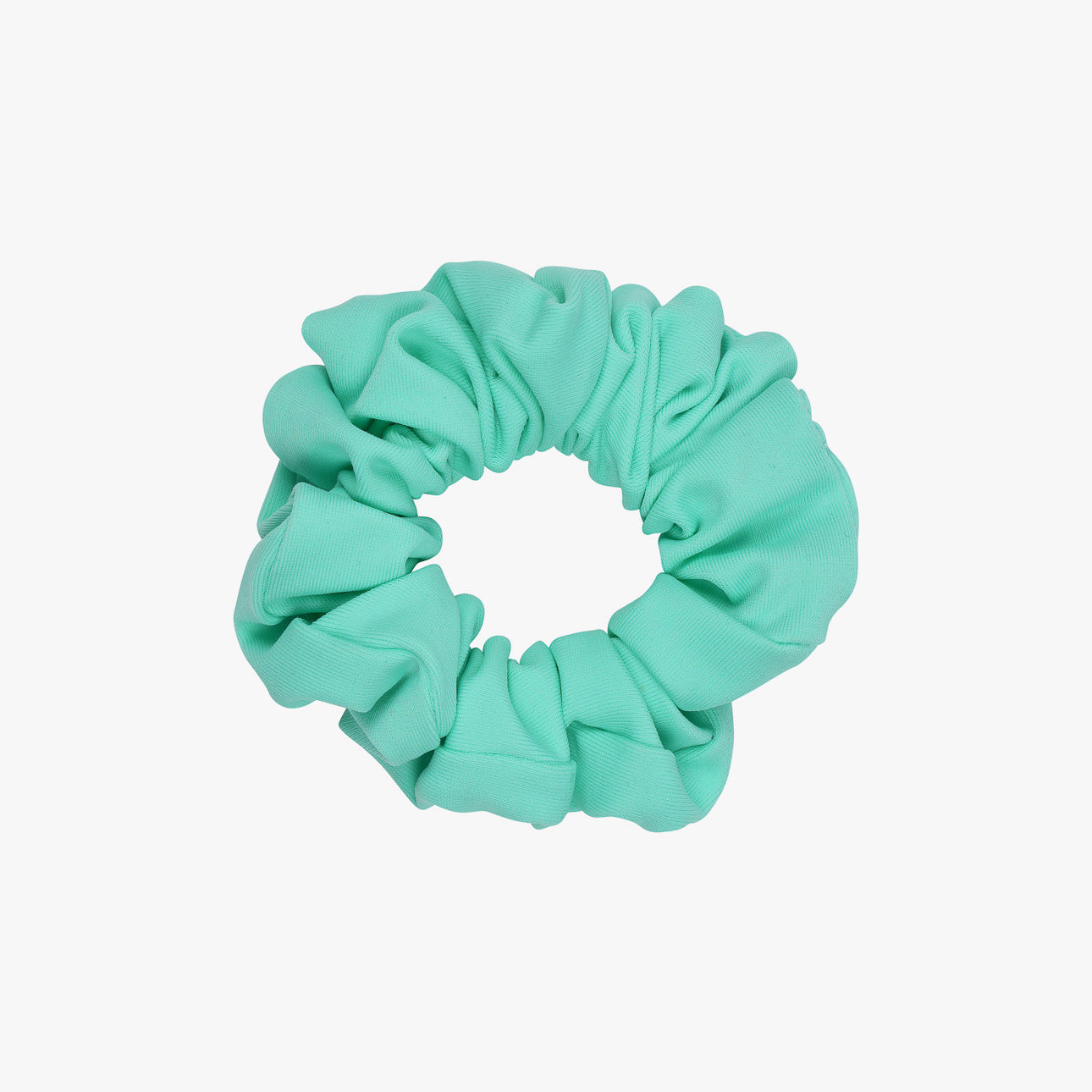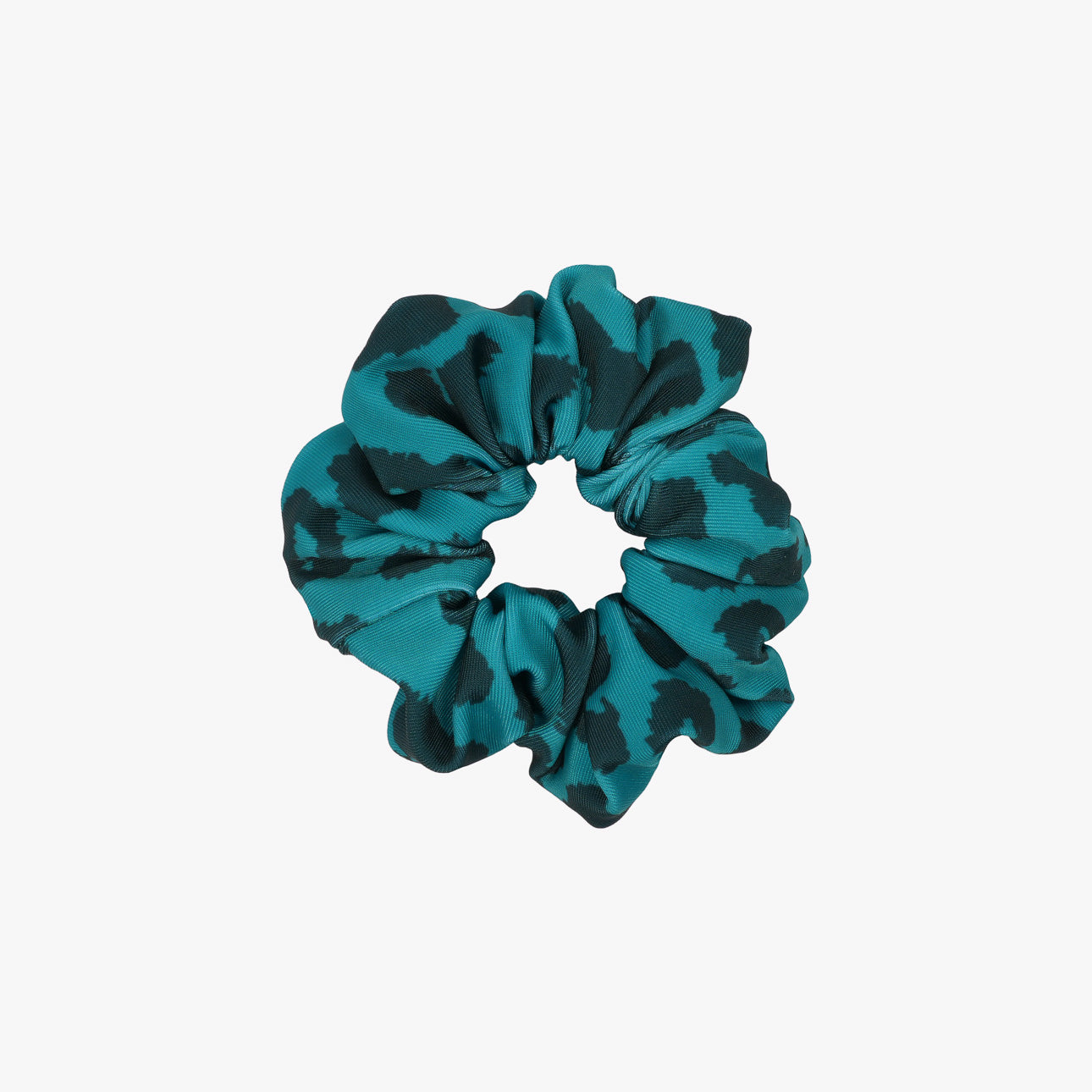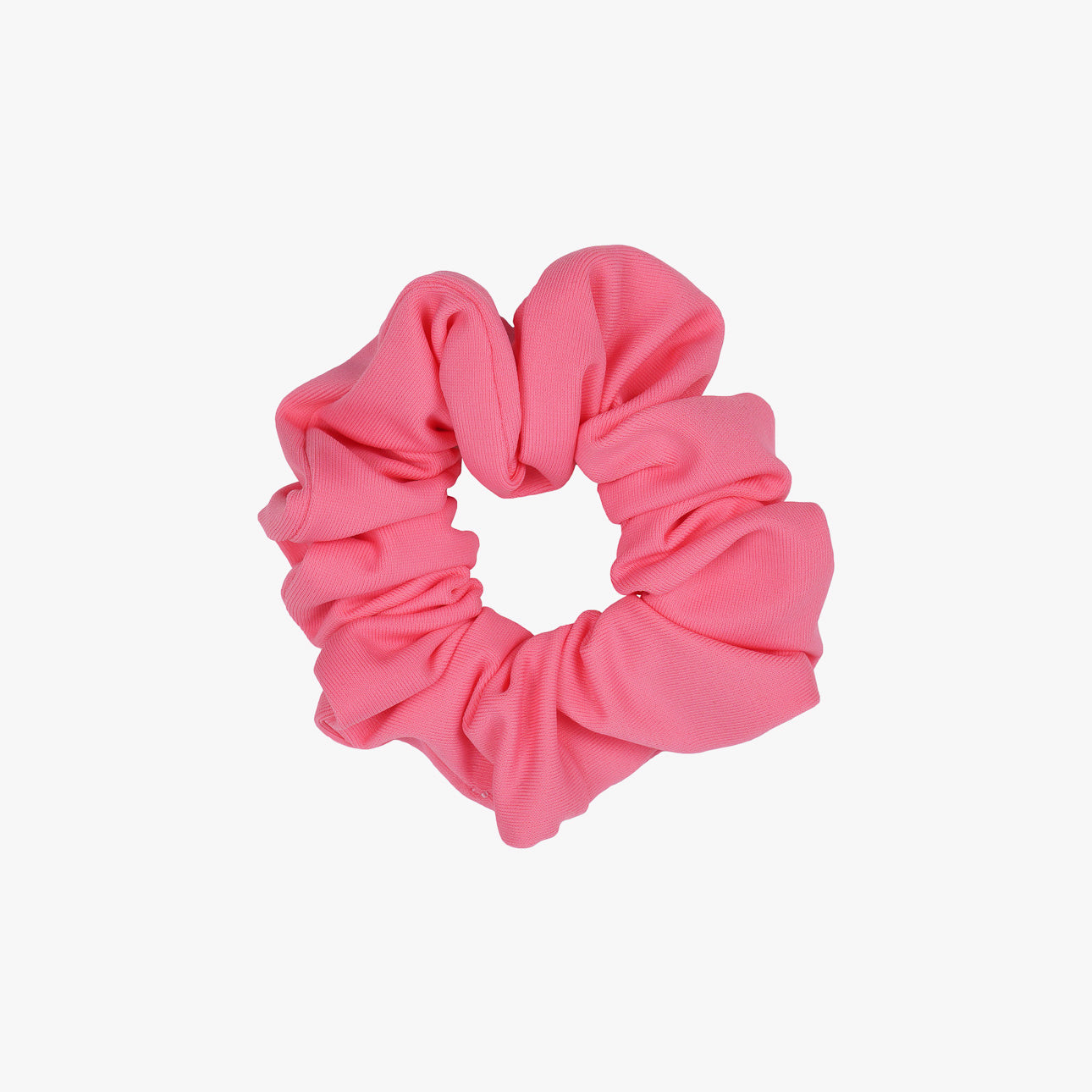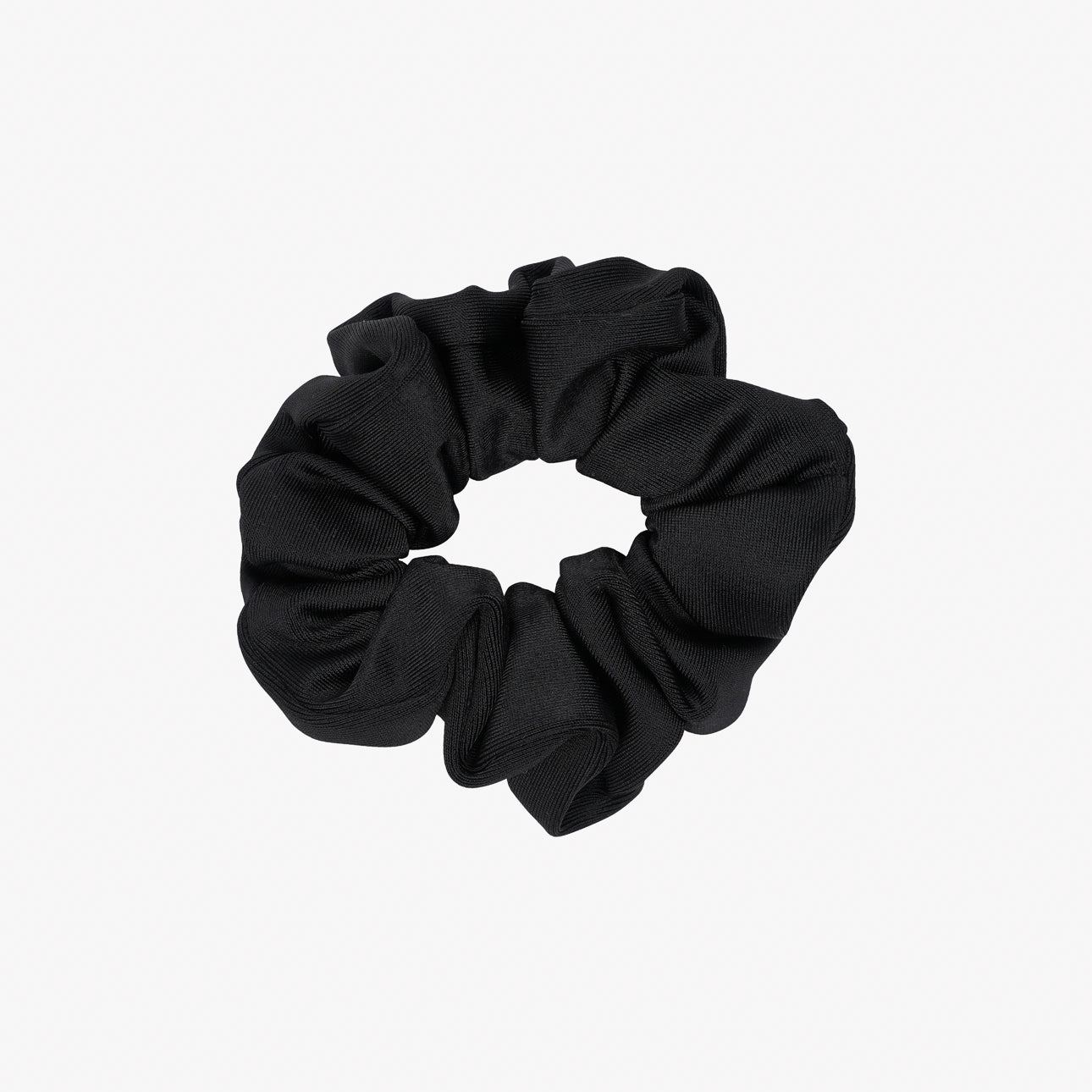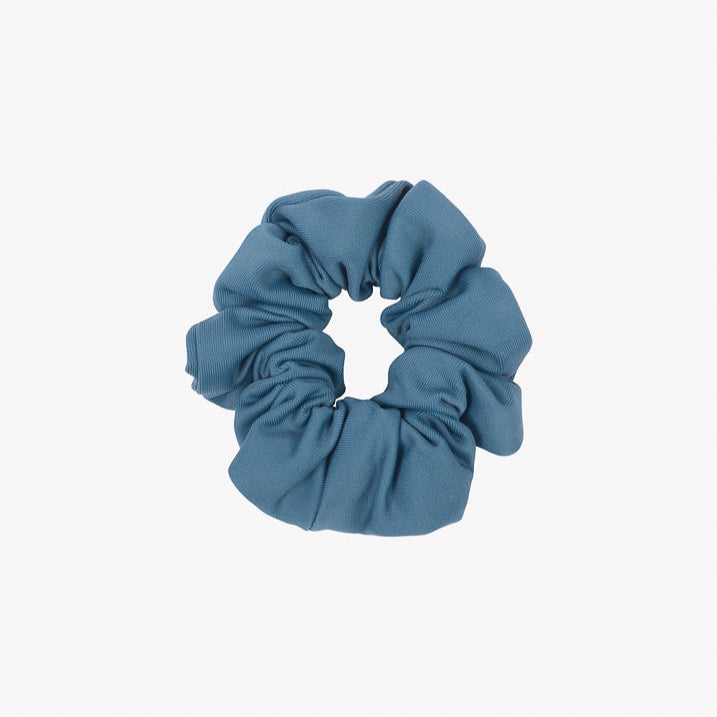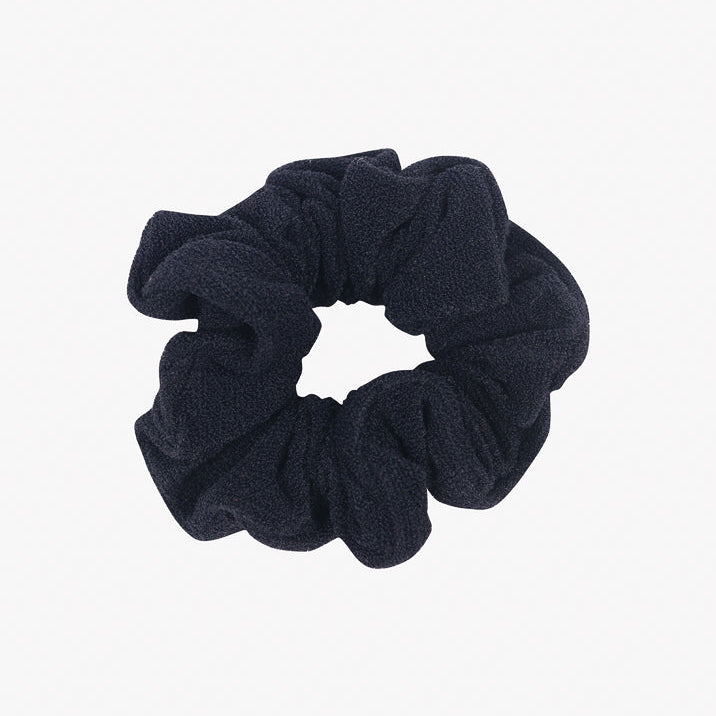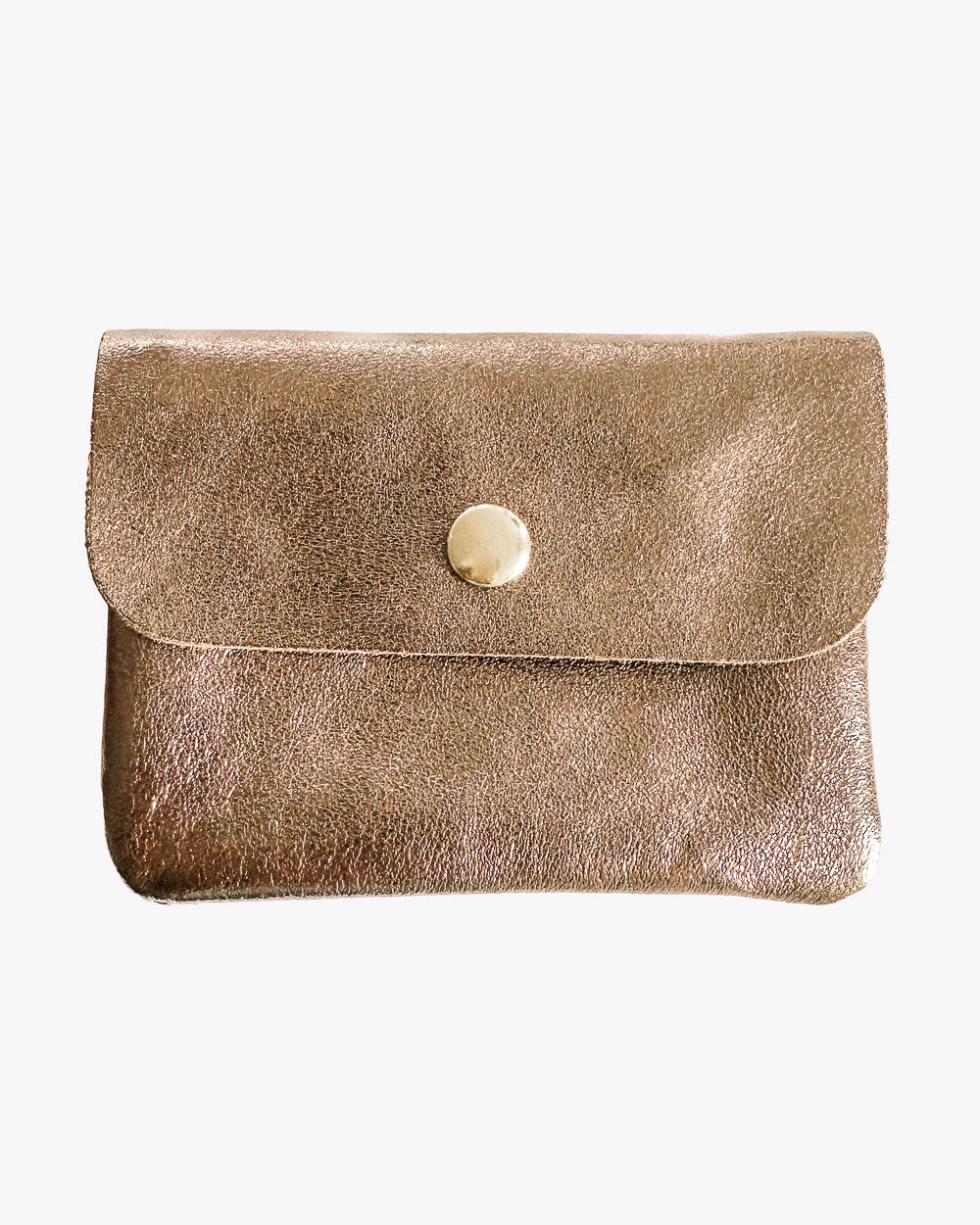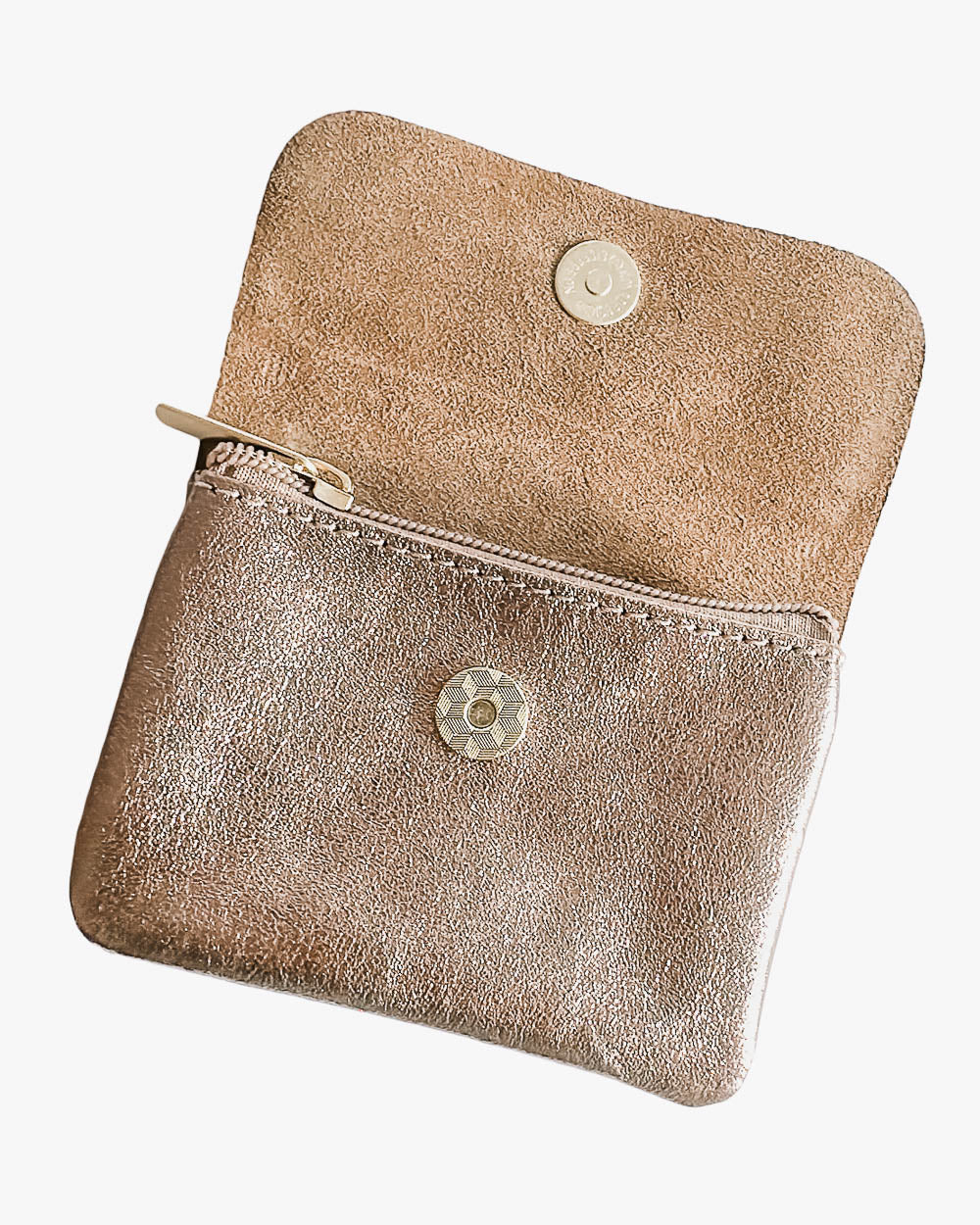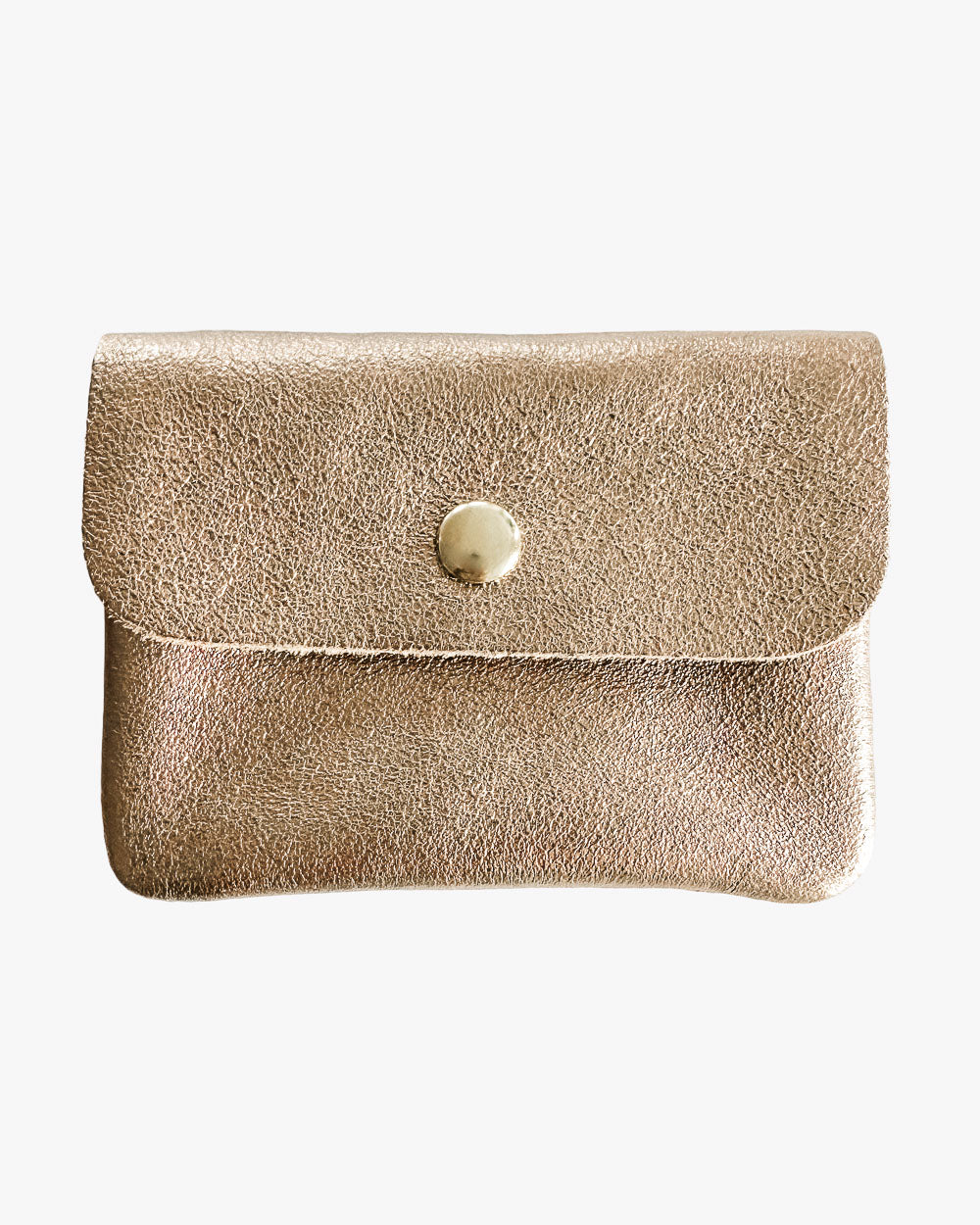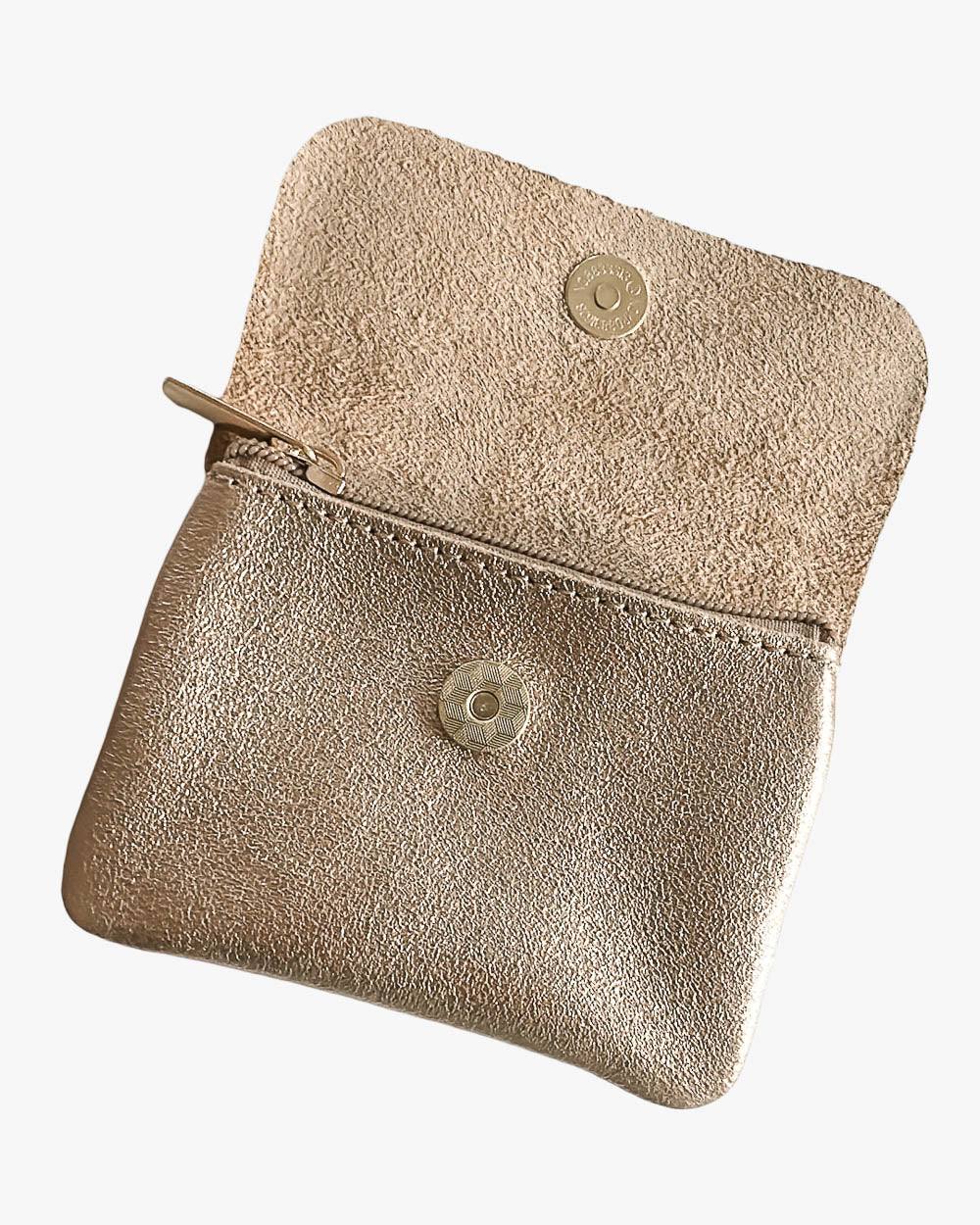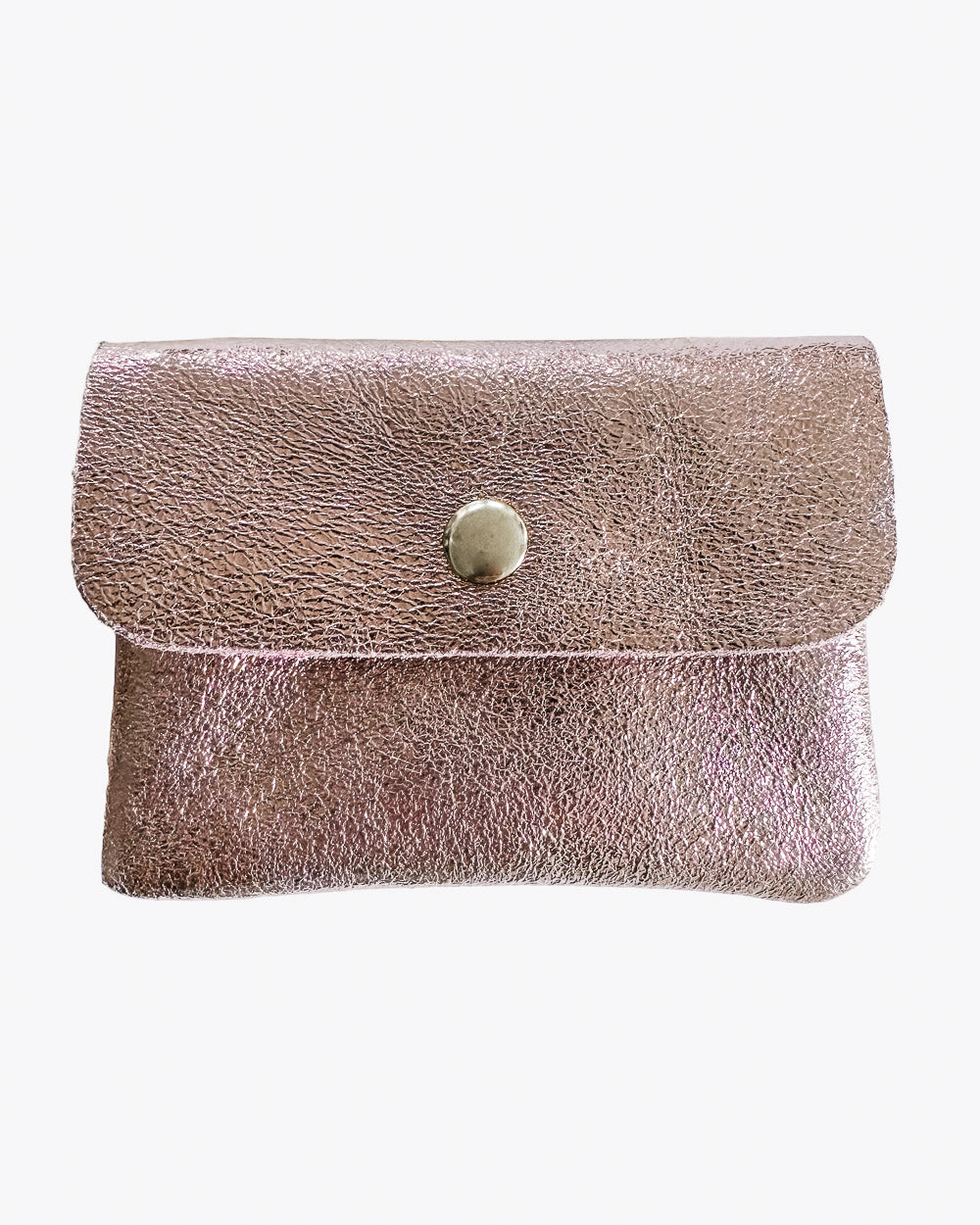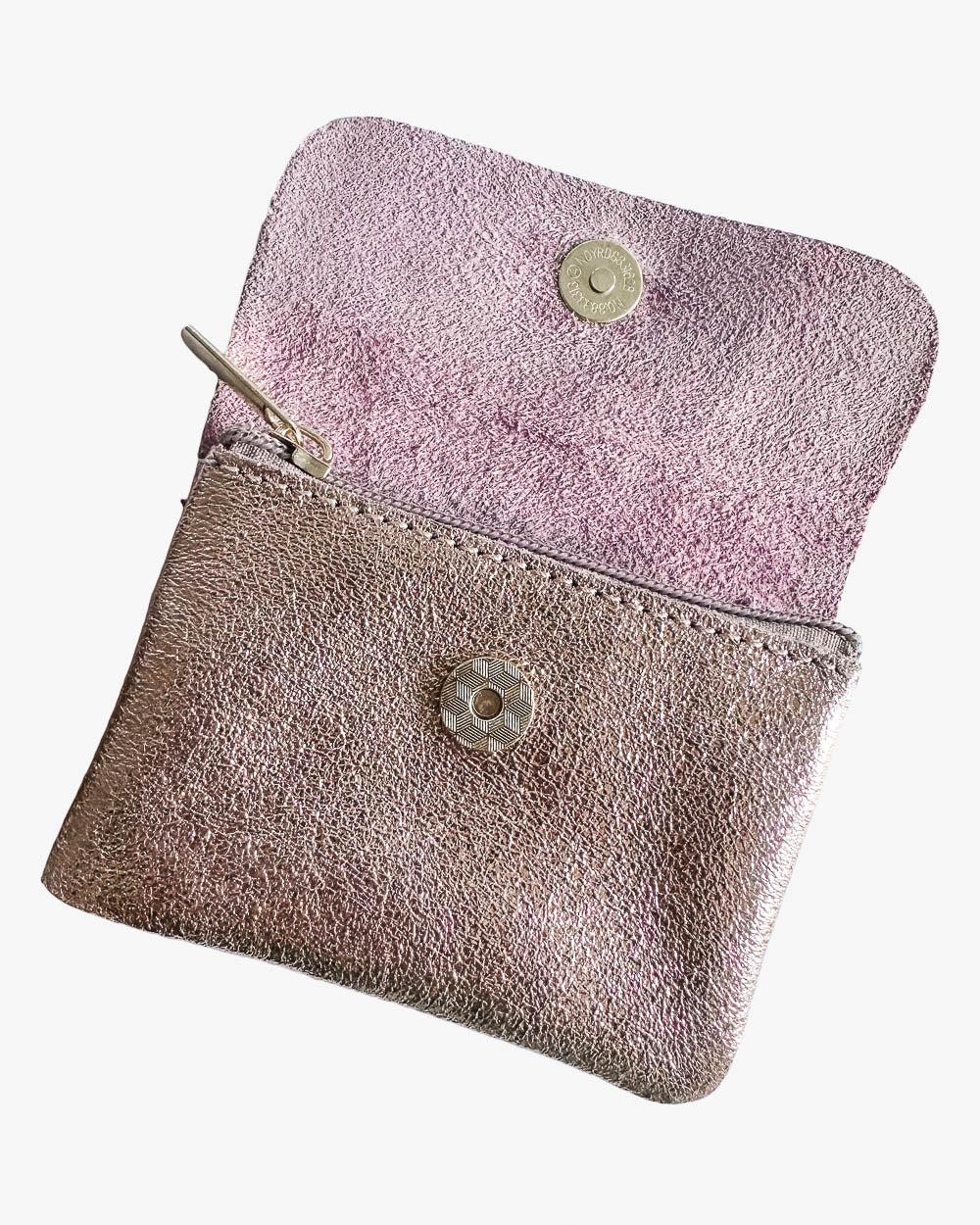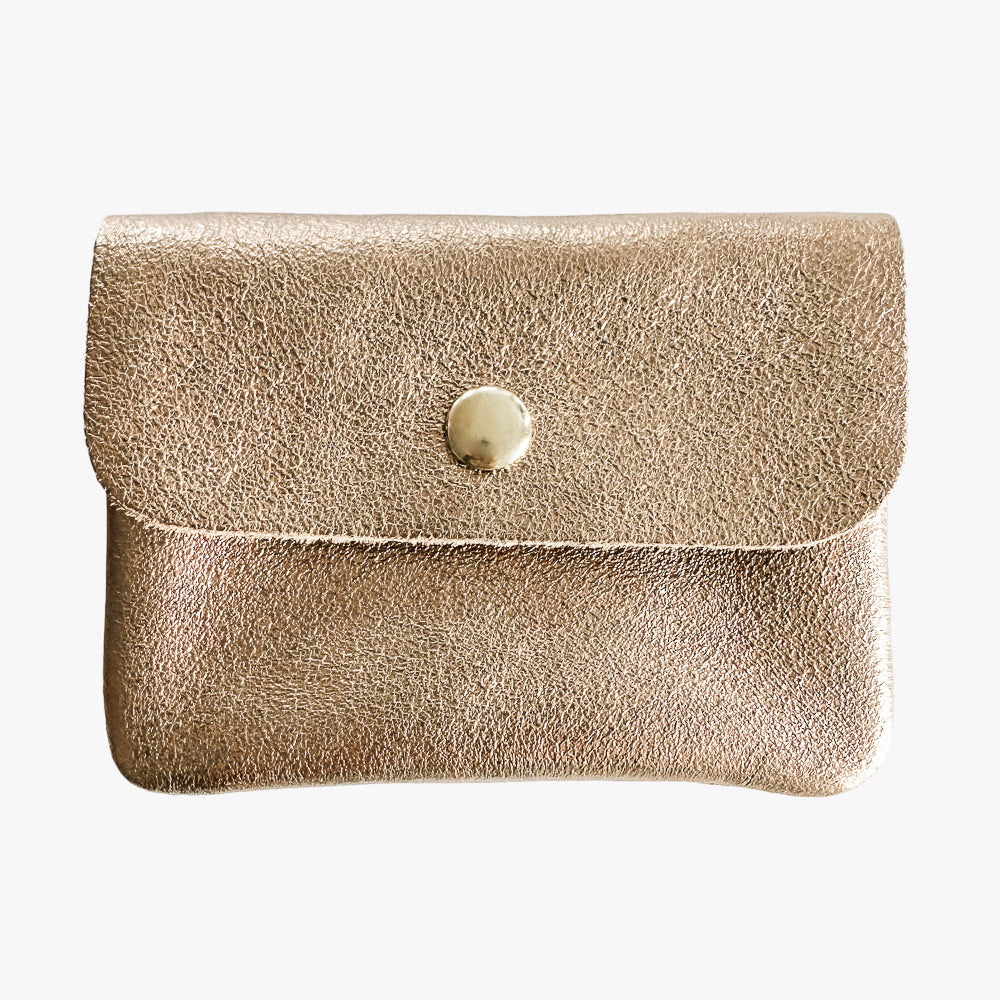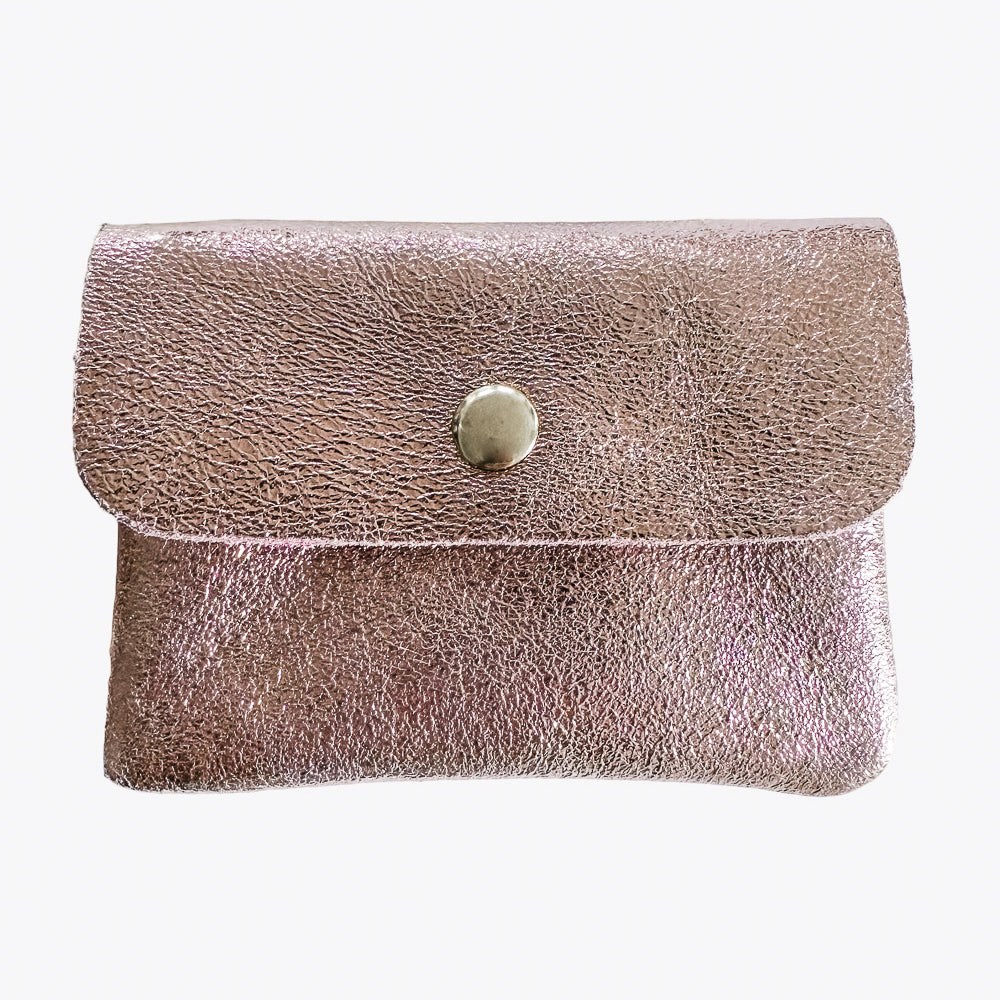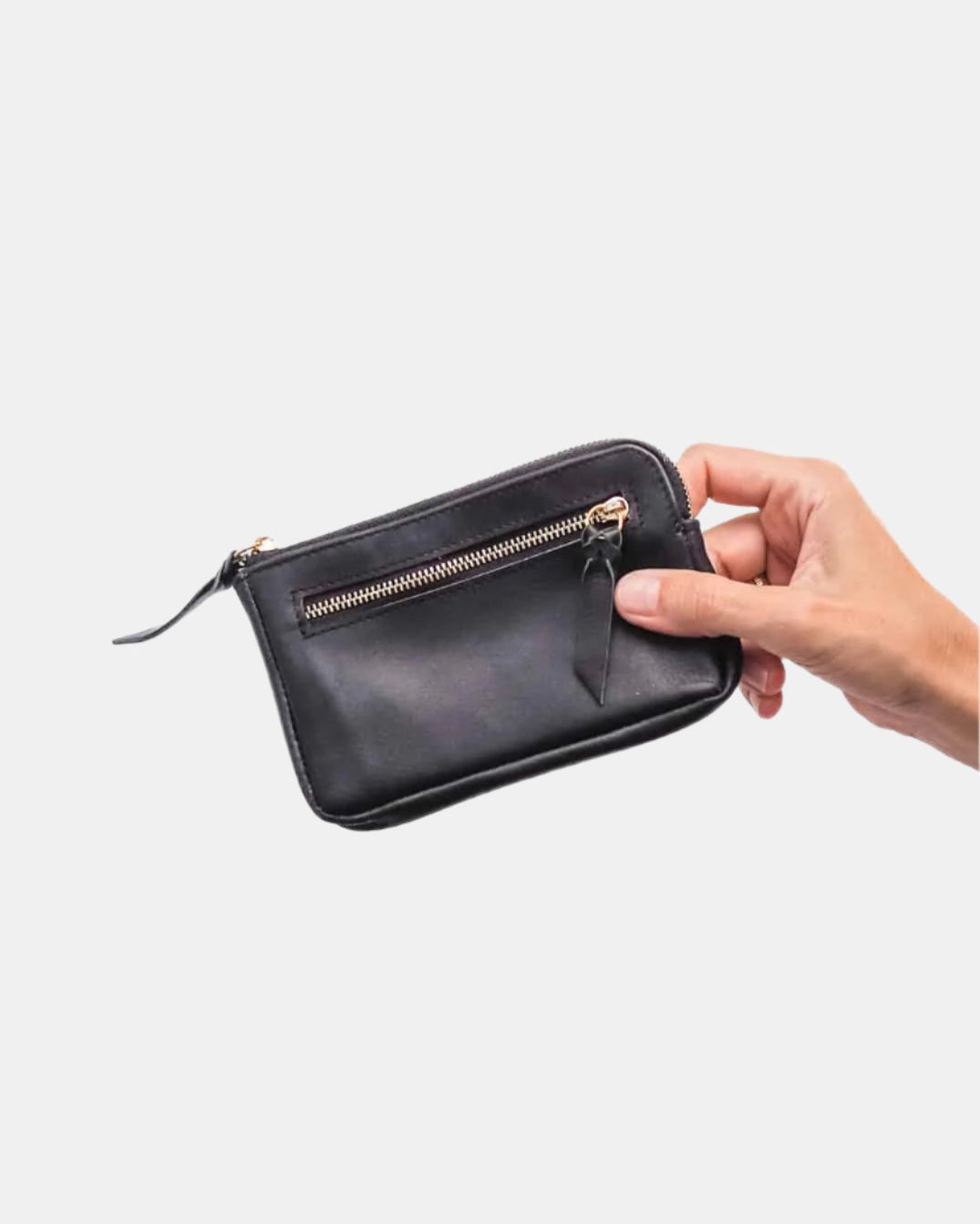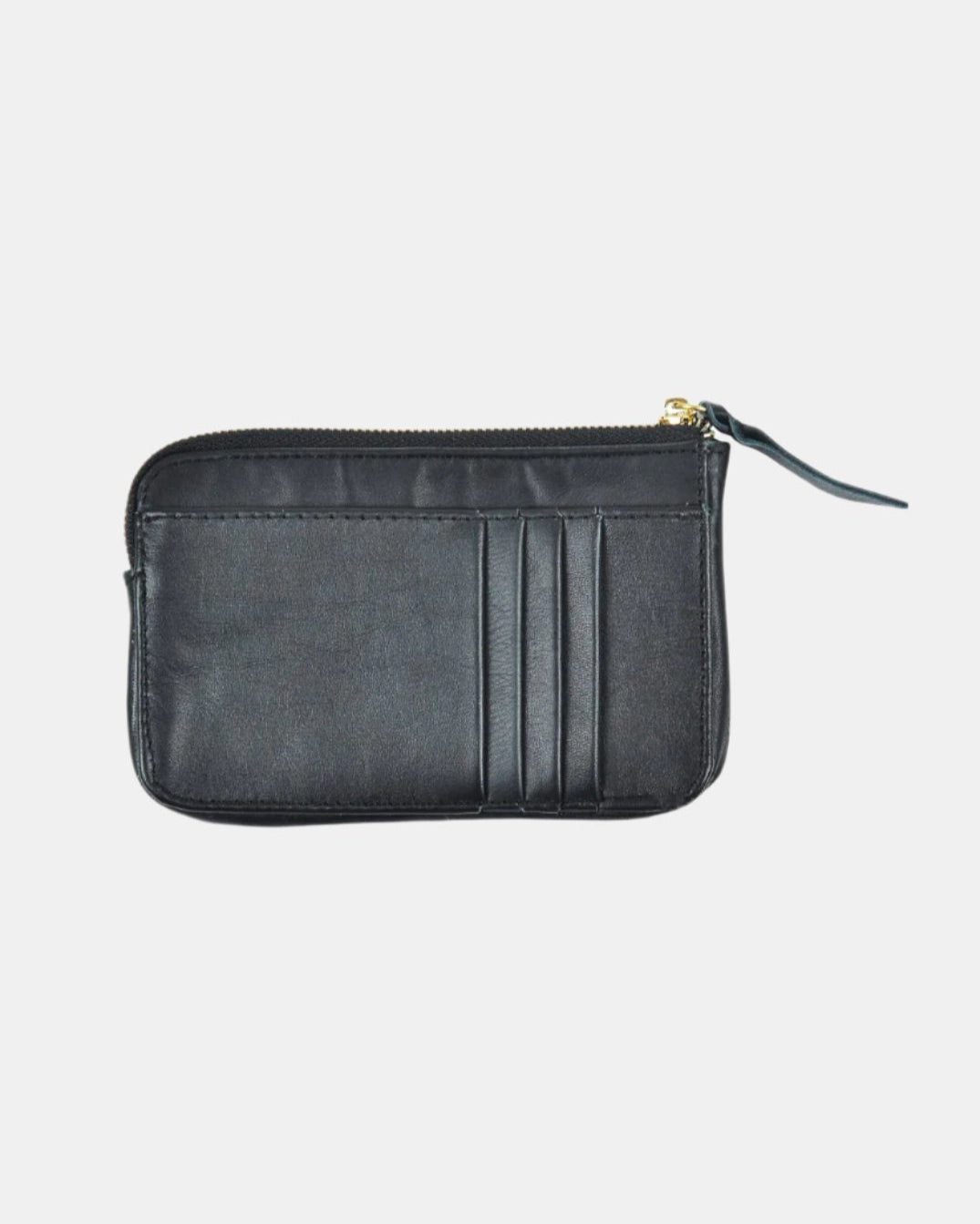In 2025, a sarong from Bali is more than just a simple beach towel. It transforms into a versatile statement piece that emphasizes style and individuality on the beach and in everyday life.
This guide shows you how to creatively combine a sarong — as a cover-up at the beach, a trendy accessory or a comfortable summer outfit.
Look forward to fascinating insights into the history of the sarong, current materials and trend colors, practical wrapping techniques, and sustainable selection and care tips. Let yourself be inspired to discover your own style with a sarong from Bali.
What is a sarong? Origin, meaning, and evolution
The sarong is far more than a simple piece of cloth. Its history stretches back to the traditional cultures of Southeast Asia. Today, it is a versatile fashion statement and practical accessory, used, for example, as a Balinese sarong for the beach, as a beach towel, and as a cover-up.

Origin and cultural significance
The sarong originated in Southeast Asia, particularly on the islands of Indonesia, Bali, and Thailand. Traditionally, the sarong is worn as a wrap-around garment during religious ceremonies, festivals, or everyday life. In Indonesia, the batik sarong is a symbol of craftsmanship and cultural identity. In Thailand, the pareo is common, while in India and Sri Lanka, the lungi is prevalent.
The differences between sarong, pareo and lungi lie primarily in the cut, pattern and regional use:
- Sarong : Rectangular cloth, often with a batik pattern, popular in Indonesia and Bali
- Pareo : A light, colorful fabric, mostly from Thailand and Polynesia
- Lungi : Solid-colored or checkered, traditional in India, Sri Lanka and Bangladesh
Batik sarongs from Bali are especially popular. They are worn at festivals, temple visits, or as a stylish accessory on the beach. Their global popularity has grown with tourism; according to the Bali Tourism Board, over 60% of visitors to Bali buy at least one sarong. For deeper insights into their cultural significance, the article "Sarong: Origin and Cultural Significance" provides in-depth information.
Transformation into a modern fashion piece
The sarong has evolved from traditional clothing into an international fashion staple. Designers and social media have significantly contributed to the sarong's current status as a symbol of style. Whether worn as a breezy skirt, dress, or scarf, the sarong can be flexibly integrated into any wardrobe.
The unisex use is particularly striking: men and women combine the sarong as a lungi, wrap pants, or pareo for yoga, leisure, and events. Sustainability is increasingly coming into focus. More and more labels are opting for organic cotton or recycled fibers.
Prominent figures like influencers, travel bloggers, and fashion icons showcase on Instagram and Pinterest the versatility of a Balinese sarong, using it as a beach towel, a cover-up, or simply for the beach. This keeps the sarong a vibrant example of the fusion of tradition and modern lifestyle.
Materials, sizes and designs: The variety of sarongs
A sarong is far more than just a simple scarf. The variety of materials, sizes, and designs makes it one of the most versatile companions at the beach, as a cover-up, or in everyday life. A sarong from Bali, in particular, combines traditional craftsmanship with modern trends and sustainable practices.

Materials: From cotton to viscose
Choosing the right material is crucial for the comfort and versatility of a sarong. Cotton is particularly breathable and therefore ideal for hot days at the beach or as a lightweight beach towel. Viscose impresses with its soft feel and beautiful drape, perfect as a light cover-up. Silk represents luxury and elegance but is more suitable for formal occasions. Synthetic fabrics score points for their easy care and quick drying time, making them attractive for travel.
Sustainable options such as organic cotton and recycled fibers are gaining in importance. Hand-dyed batik sarongs from Bali, mostly made of cotton and featuring unique patterns, are particularly popular.
| material | Advantages | Disadvantages | Area of application |
|---|---|---|---|
| Cotton | Breathable, robust | prone to wrinkling | beach, everyday life |
| viscose | Soft, flowing | Moisture-sensitive | Cover-up, summer dress |
| silk | Luxurious, lightweight | Sensitive, expensive | Festivals, Events |
| synthetic | Easy to care for, quick-drying | Less natural | Travel, sports |
Whether worn as a sarong on the beach or as an elegant accessory, the material significantly influences the feel and style.
Sizes and cuts
The standard size for a sarong is approximately 160 x 110 cm. This size provides enough fabric for numerous wrapping techniques – from a classic skirt to a dress. XL versions are ideal if you want to use your sarong in a variety of ways, such as a beach towel or picnic blanket. One-size-fits-all sarongs fit most adults, but there are special, smaller models for children. Those with individual requirements can opt for custom-made sarongs.
Unisex models are especially popular, as sarongs suit both women and men. A beachwear size guide can help you find the right size and fit. Make sure the sarong fits loosely but doesn't slip, so you can wear it both on the beach and as a stylish cover-up.
Designs and pattern trends 2025
In 2025, sarong designs will be more diverse than ever. Batik and tie-dye remain classics, especially for sarongs from Bali. Solid-color models in turquoise, coral, or sand are timeless and easy to mix and match. Floral and geometric patterns add variety and often reflect cultural roots. Spirit of Om prints from Thailand and rainbow sarongs are particularly popular with young trendsetters.
The meaning of the patterns ranges from traditional symbols to modern interpretations. A wax-batik sarong from Bali is not only a fashion statement but also an expression of craftsmanship. According to the Princess of Asia shop, the demand for vegan and colorful sarongs is constantly increasing. This makes your sarong a unique highlight – whether as a beach towel, wrap, or for an urban look.
The most important wrapping techniques: Step-by-step instructions
A sarong is far more than just a simple Balinese scarf. Its versatility makes it one of the most adaptable accessories for the beach, everyday life, and special events. Through various wrapping techniques, the sarong can be transformed into a skirt, dress, top, or even shorts. Those who know the most important techniques can easily reinvent their look time and time again.
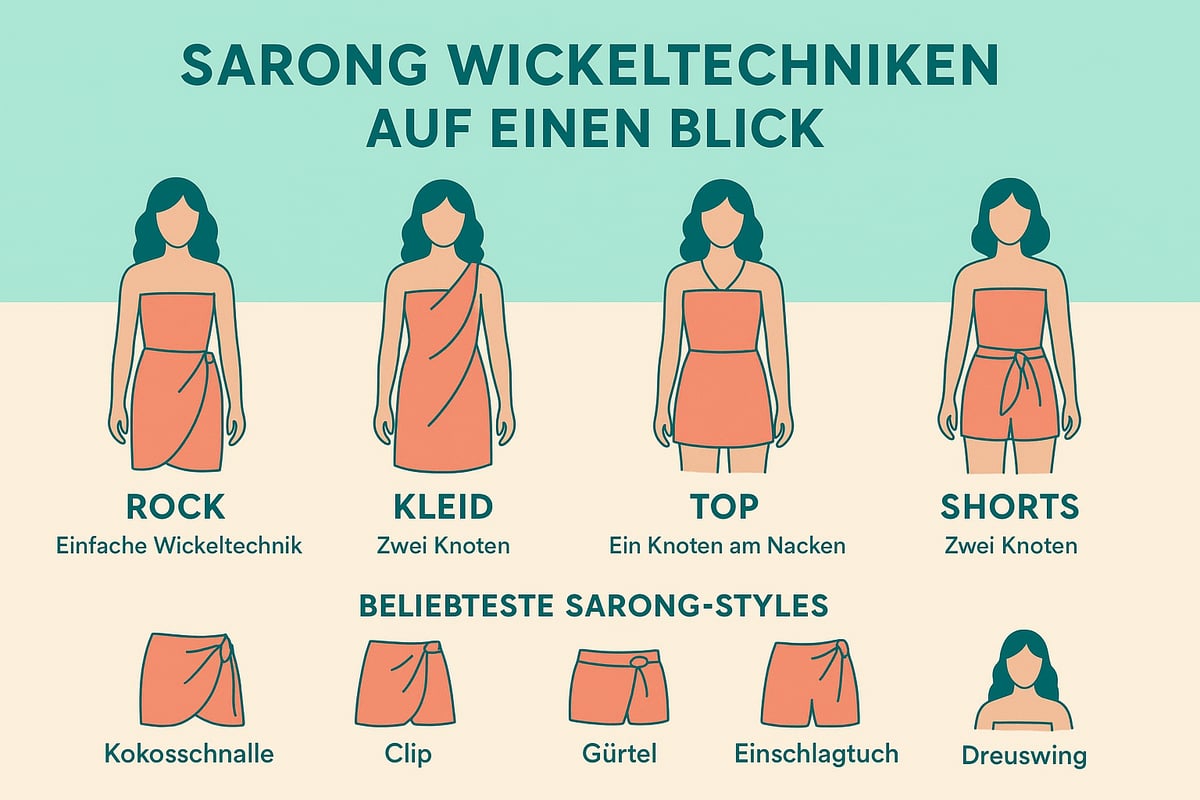
Sarong as a skirt, dress and top
The basis for many looks is the classic Balinese sarong. To tie a skirt, you place the sarong horizontally around your hips, overlap the ends at the front, and tie them securely. A coconut buckle provides extra support.
As a bandeau dress, the sarong is held under the arms, the ends crossed over the chest, and knotted at the nape of the neck. This creates a breezy summer dress, ideal for the beach. The sarong looks even more elegant as a halter dress. Here, the fabric is held diagonally, draped over the shoulder, and the ends knotted at the nape of the neck.
A sarong top is created by folding the fabric and wrapping it around the torso. The ends are then tied at the back or neck. For both men and women, a shorts version is available: the sarong is wrapped around the hips, the ends are brought up through the legs, and tied at the side. In this way, a simple scarf is quickly transformed into a practical beach outfit.
Table: Popular Sarong Wrapping Techniques
| Style | Proceed | Occasion |
|---|---|---|
| rock | Around the hips, knotted in the front | beach, everyday life |
| Bandeau dress | Tie the ends in a knot under the arms and at the nape of the neck. | Beach, Cover-Up |
| Halterneck dress | Diagonal, shoulder, knot at the nape of the neck | Summer party |
| Top | Folded, knotted around upper body, back/neck | City, Festival |
| shorts | Tie around the hip, through the legs, and knot to the side. | Yoga, leisure |
Practical accessories and aids
To ensure the sarong stays securely in place, coconut buckles or special sarong clips are helpful. They fasten the fabric without bulky knots. A belt can add further accents and give the look an urban feel. Those who wear the sarong as a dress often combine it with statement jewelry or a sun hat for a touch of boho charm.
To prevent the sarong from slipping on the beach, it's recommended to wrap it tightly and tie the ends in a double knot. A clip is particularly practical for sports activities like yoga or beach volleyball, as it provides a secure hold. The Balinese sarong also offers comfort and elegance when worn over a bikini.
Creative accessory combinations make the look unique. A narrow leather belt accentuates the waist of a dress, while large sunglasses and coral jewelry complete the beach outfit. For men, the sarong can be combined with a light shirt to create airy wrap-around trousers.
Video and image tutorials
In addition to classic step-by-step instructions, videos and images make learning the wrapping techniques easier. Platforms like YouTube and Instagram offer numerous tutorials that clearly demonstrate how to tie a sarong. Popular hashtags such as #sarongstyle and #pareowrap provide further inspiration.
For those seeking even more ideas, instructions for tying a sarong are available, complete with pictures and tips for beginners and advanced sarong enthusiasts. This makes styling a breeze and transforms the sarong into a versatile companion, whether at the beach, as a beach towel, or as an elegant cover-up.
Stylish sarong styling tips for every occasion
Whether on a white sandy beach, in everyday urban life, or at special occasions – the sarong is a versatile piece for style-conscious people. With creative wrapping techniques and matching accessories, you can personalize your look and reinterpret the sarong time and time again. Get inspired and discover the best styling tips for every occasion.
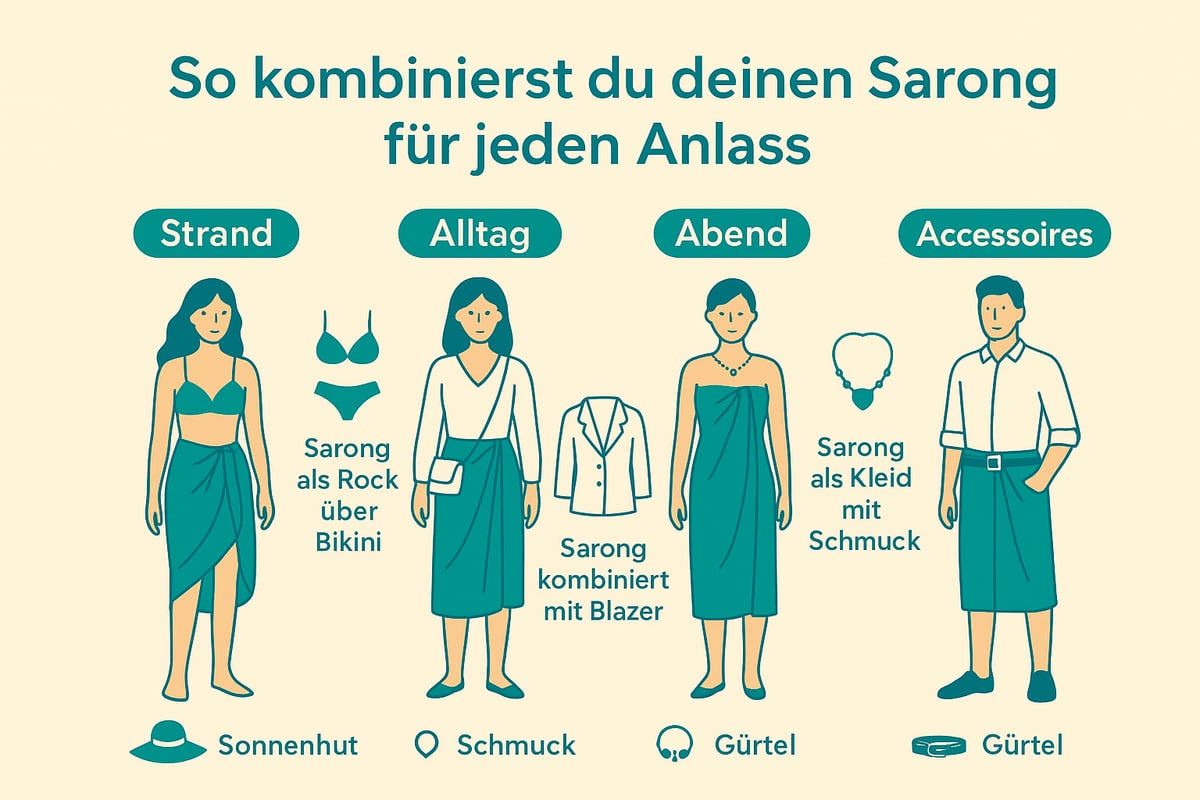
At the beach: Cover-up, beach towel and sunscreen
The Balinese sarong is a true all-rounder on the beach. You can wear it as a breezy cover-up over your bikini, elegantly wrapped around your hips, or tied as a pareo dress. Thanks to its generous size, it's also ideal as a beach towel or light sunshade. A particularly practical feature: quick-drying materials ensure that the sarong is ready to use again quickly after swimming.
Coordinate colors and patterns with your swimwear, for example, a turquoise tie-dye sarong with a white bikini or colorful accessories. The sarong also works well as a picnic blanket or a light blanket for sundowners. For even more inspiration, check outStylish Beach Towels & Cover-Ups for plenty of ideas for modern beach looks.
- How to tie a sarong as a pareo dress or skirt
- Use as a beach towel or sunshade
- Choose accessories that match the color scheme.
With these tips, the sarong becomes an indispensable companion for relaxing days by the sea.
In everyday life: Urban chic and boho look
The sarong is no longer just for the beach. In everyday life, it can be styled in a variety of ways: as a maxi skirt, a scarf, or even as summer trousers. For an urban boho look, wear the sarong as a skirt with a T-shirt and sandals. Pair it with a denim jacket or a kimono for a casual city style.
The sarong also adds a fashionable touch when worn as a scarf or turban. Statement jewelry and a straw bag complete the look. Especially practical for the office or café: a solid-colored sarong worn as a skirt, combined with simple basics, creates a stylish and comfortable everyday look.
- Style a sarong as a maxi skirt or scarf
- Layering with a jacket or kimono
- Complete the look with accessories such as a straw bag and jewelry.
The sarong makes a fashionable statement in everyday life and offers comfort and versatility.
Evenings & Events: Elegant outfits with a sarong
The sarong also impresses with its elegance at special occasions. Worn as a wrap dress, combined with a blazer or cardigan, it becomes a stylish eye-catcher at summer parties. Shiny fabrics like silk and subtle patterns ensure festive moments.
Combine the sarong with high heels and a clutch to create a sophisticated evening outfit. A silk sarong is especially popular as a cocktail dress, combining lightness and extravagance. Subtle colors like sand or indigo look elegant and modern.
- Sarong as a wrap dress for events
- Combine with blazer, high heels and clutch
- Choose shiny fabrics and delicate patterns
This makes the sarong a versatile highlight at any celebration.
For men: Casual and traditional looks
Men also benefit from the versatility of the sarong. In Southeast Asia, it is traditionally worn as a lungi or wrap-around trousers – perfect for leisure, yoga, or relaxing days at home. Combine the sarong with a loose shirt, tank top, or T-shirt for a laid-back look.
In Thailand and Indonesia, the sarong is an integral part of everyday clothing. A particularly practical feature is that various wrapping techniques allow the sarong to be individually adjusted, offering maximum freedom of movement.
- Sarong as lungi or wrap pants for men
- Combine with a shirt or tank top
- Examples from Thailand and Bali for inspiration
The sarong proves that style and comfort go hand in hand for men too.
Care, quality and sustainability: What to look for when buying a product?
If you're looking to use a sarong from Bali at the beach, as a beach towel, or as a cover-up, you should pay attention to proper care, quality, and sustainable sourcing. These aspects determine its durability, comfort, and environmental friendliness. Here you'll learn what to look for when buying and using it in everyday life.
Proper care of a sarong
A sarong from Bali often accompanies you to the beach and is used as a beach towel or cover-up. To keep the colors and patterns vibrant for a long time, gentle hand washing at low temperatures is recommended. Machine washing is possible, but only on a delicate cycle and in a laundry bag.
Avoid harsh detergents to protect the fibers and dyes. Batik sarongs, in particular, are sensitive to strong chemicals. After washing, let the sarong dry in the shade to prevent the colors from fading.
Never fold your sarong while it's damp, as this encourages mold growth. For more tips on caring for and storing beachwear, see our comprehensive beachwear care guide. This way, your sarong will stay like new even after many days at the beach.
Identifying quality characteristics
When buying a high-quality sarong, the workmanship plays a crucial role. Look for clean, sturdy seams and a consistent fabric density. High-quality models are often made of tightly woven cotton or luxurious silk, while cheaper versions are usually thinner and fade more quickly.
Hand-knitted batik sarongs from Bali are distinguished by their unique patterns and exceptional color depth. In contrast, mass-produced, industrially manufactured goods are often less durable. Certifications such as GOTS or OEKO-TEX indicate ecological and fair production.
Compare different sarong models and check if the material is colorfast. A quick test: Lightly dampen a white cloth and rub it over the fabric. If the color bleeds, problems could occur when washing.
Sustainable choices and conscious consumption
More and more people are prioritizing sustainable materials when buying sarongs. Organic cotton and recycled fibers are considered particularly environmentally friendly. They conserve resources while still offering a high level of comfort.
When buying a sarong, check whether the product is Fair Trade certified or comes directly from local producers. This way, you support fair working conditions and traditional craftsmanship. Vegan and plastic-free sarongs are another option for conscious consumers.
Many shops donate a portion of their revenue to marine conservation projects. According to current statistics, around 1 percent of sustainable brands invest in ocean protection. With a sustainable sarong, you make a powerful statement for the environment and style.
Sarong inspiration: The most beautiful looks from Bali, Thailand & Co.
The world of the sarong is colorful, creative, and full of inspiration. Whether on social media, in fashion magazines, or right on the beach, the sarong impresses with its versatility. The most beautiful looks come from Bali, Thailand, and other hotspots in Southeast Asia.
Trendsetters and influencers
On Instagram and Pinterest, influencers from all over the world are setting new trends with the sarong. Travel bloggers showcase creative wrapping techniques on the beach or combine the sarong as a breezy cover-up for a bikini. Hashtags like #sarongstyle or #pareowrap are especially popular.
Fashion icons inspire with urban looks that showcase the sarong as a maxi skirt. The sarong also appears regularly in street style galleries, often paired with a straw hat or statement jewelry. This versatility makes the sarong a true fashion staple.
Sarong from Bali: Exoticism and craftsmanship
The Balinese sarong is characterized by vibrant colors, batik and tie-dye techniques, and meticulous handcraftsmanship. Especially as a beach towel or a casual cover-up, the Balinese sarong is a real eye-catcher. Traditionally, batik patterns are applied by hand to cotton, giving each piece its own unique character.
In temple complexes, the sarong is part of the traditional clothing and is combined with elaborate belts and jewelry. Those wishing to learn more about its cultural roots will find fascinating details about the textile tradition of the Atoin Meto people . Thus, the Balinese sarong combines fashion, everyday life, and spirituality.
Thailand & Southeast Asia: Colorful Diversity
In Thailand and other parts of Southeast Asia, the sarong is ubiquitous. Spirit of Om prints, rainbow sarongs, and geometric patterns dominate street style in Bangkok. Men often wear the sarong as a lungi, while women wear it as a pareo to the beach or market.
The sarong is worn here not just as a garment, but also as a statement of joie de vivre. The color selection ranges from delicate pastels to vibrant indigo. This diversity is particularly evident in street style: a sarong combined with sneakers and a T-shirt is both trendy and practical.
Creative applications worldwide
People around the world are constantly discovering new ways to use the sarong. As a picnic blanket by the lake, a yoga mat in the park, or even as a baby carrier – the possibilities are endless. Home decor magazines feature the sarong as a tablecloth or wall hanging.
The sarong impresses with its lightness, flexibility, and cultural depth. Thus, a simple piece of fabric becomes a statement of style and individuality that finds its place all over the world.
Buying a sarong: Tips, shops & price comparison 2025
A high-quality sarong from Bali is more than just a simple beach towel. Whether as a cover-up on the beach, a fashionable accessory in the city, or a versatile scarf while traveling – choosing the right sarong requires a keen eye for quality, style, and sustainability.
What should you look out for when buying?
When buying a sarong, you should pay attention to the material, size, and origin. Natural fabrics like cotton or viscose are particularly comfortable against the skin and are ideal for use at the beach. Make sure you choose a large enough size if you plan to use the sarong as a cover-up or wrap dress.
Quality is evident in strong seams and colorfast patterns. Those who value sustainability should look for organic cotton or recycled fibers. Many suppliers provide transparent information about their production methods and materials. You can find more tips on sustainable materials and conscious selection here: Sustainability in beach accessories .
Top shops and brands 2025
For an authentic Balinese sarong, it's worth checking out local markets or specialized online shops. Popular brands like Panasiam and Princess of Asia offer both classic batik sarongs and modern designs. Vegan and plastic-free options will also be in demand in 2025.
Online you'll find a wide selection of sarong styles with various patterns and colors. Spirit-of-Om from Thailand is known for its vibrant prints and high-quality craftsmanship. Many shops now also offer unisex and children's sizes.
Price comparison and offers
In 2025, the price of a high-quality sarong typically ranged between €20 and €40. You can find cheaper options at markets in Thailand or Bali, while handmade batik sarongs can be a bit more expensive. When buying online, make sure you pay attention to fair shipping costs and transparent return policies.
| Shop/Brand | Price range (€) | Special features |
|---|---|---|
| Panasiam | 20–35 | Sustainable fabrics |
| Princess of Asia | 25–40 | Vegan models, batik |
| Local Markets Bali | 15–30 | Handmade, unique pieces |
Look out for seasonal sales or discounts for multiple purchases.
FAQ: Frequently asked questions about buying a sarong
How can I recognize a handmade sarong?
Look for slight irregularities in the pattern, firm seams, and natural materials. Handmade items are often recognizable by batik or tie-dye techniques.
Which size fits me?
A standard sarong measures approximately 160x110 cm. An XL version is recommended for more wrapping techniques.
Are vegan sarongs plastic-free?
Many vegan models are made from organic cotton or viscose and contain no synthetic additives.
Can I wear sarongs as a man?
Yes, the sarong is a unisex accessory and is worn by men and women worldwide.
You've now learned all about the versatility, materials, and styling ideas surrounding the sarong – from its traditional roots to current trend colors and sustainable options for 2025. If you're inspired to create your own look at the beach or in everyday life, and value stylish, sustainable design, then feel free to browse and get inspired. Discover how easy it can be to combine fashion consciousness with environmental awareness.
Discover more
With every purchase you also support the protection of our oceans – feel good, do good!



